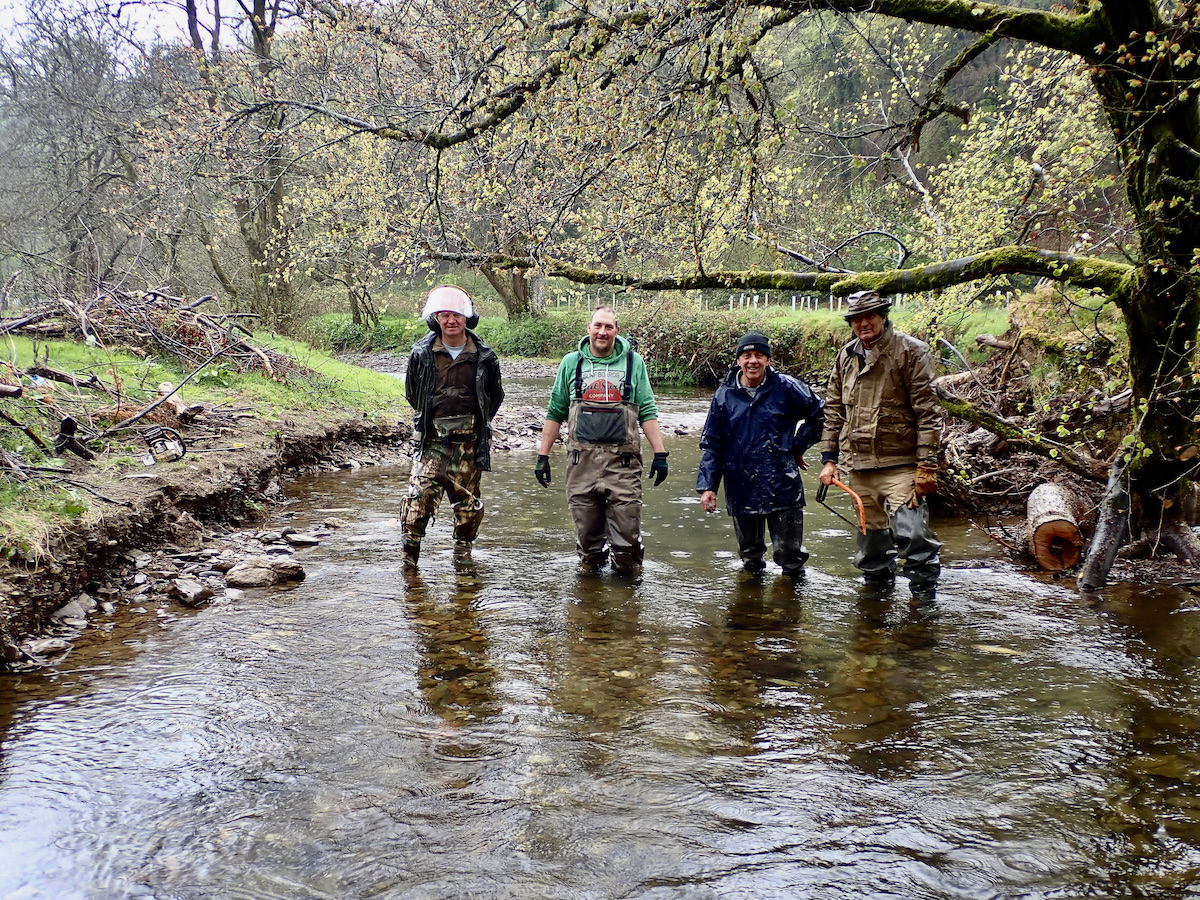
Adrian Kruger enjoyed a cracking day at Bulldog Fishery catching a stunning brace of Brown trout weighing 14lb 2oz and 8lb 8oz part of a five fish haul from the day ticket trout fishery just outside Barnstaple.
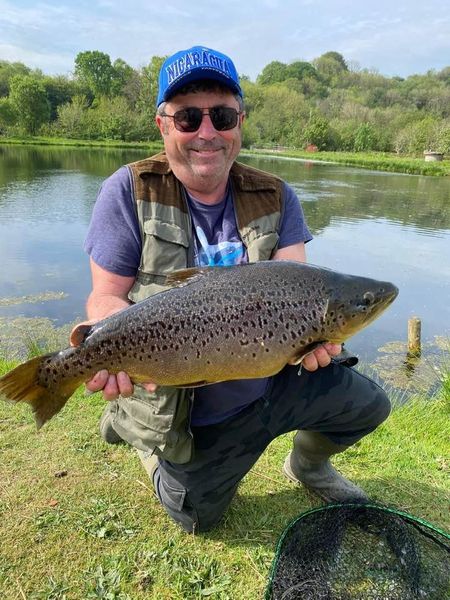
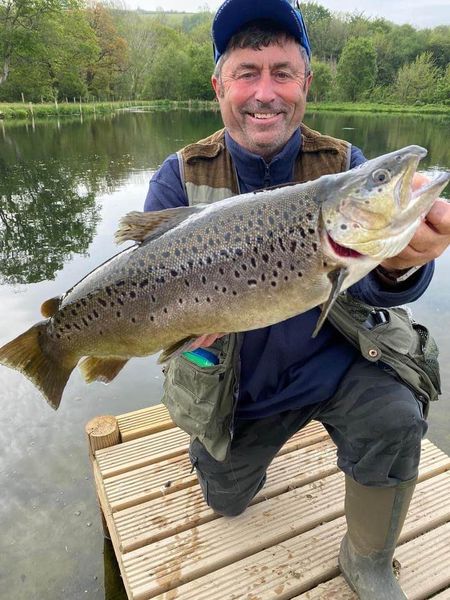
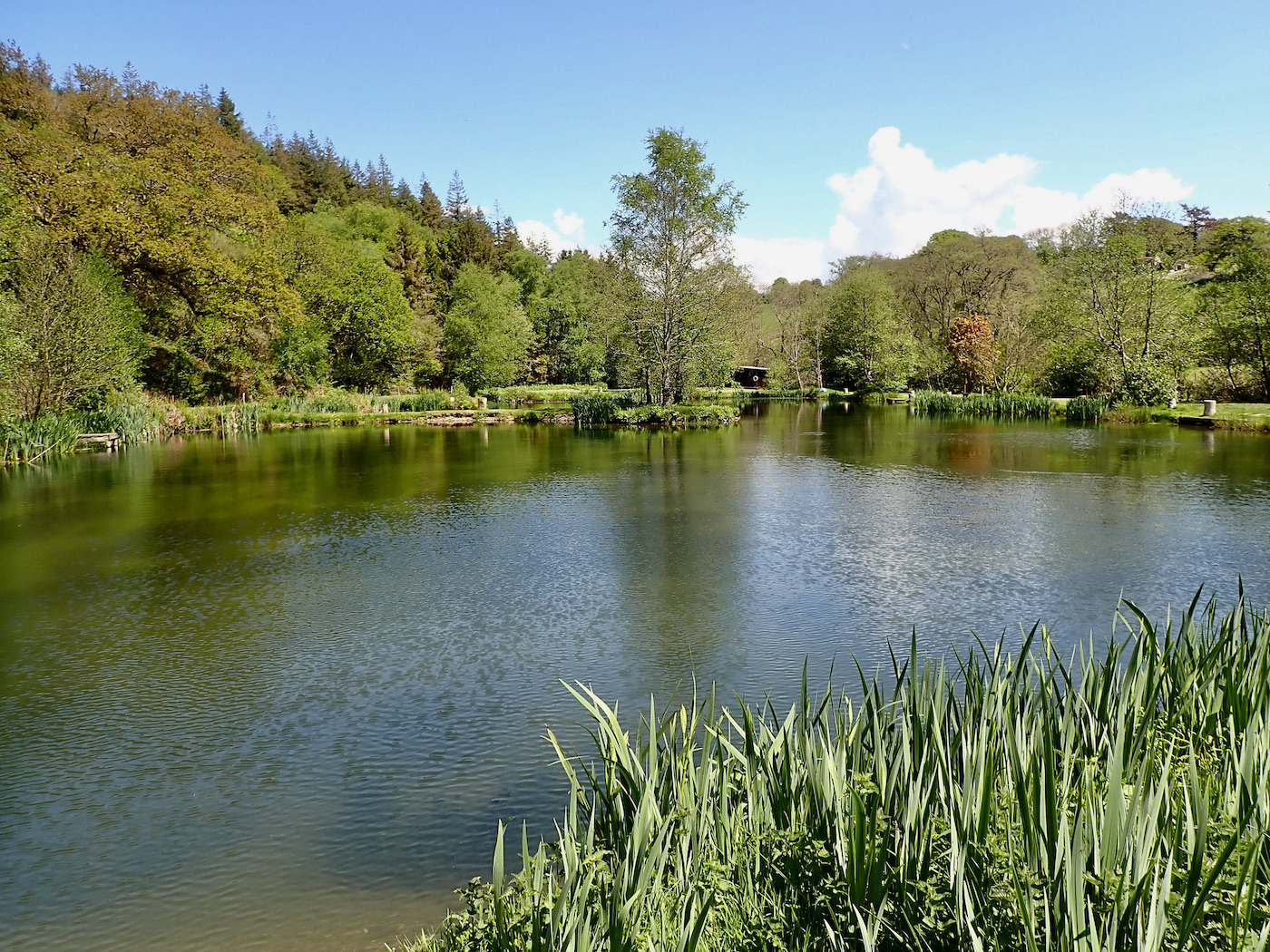
Wistlandpound Fly Fishing Club visited Bratton Water for their monthly competition and all those attending caught their three fish limit despite challenging conditions. It was a beautiful day to be beside the water but a bright blue sky and crystal clear water are always likely to prove difficult. The margins were alive with tadpoles, lush greenery all-around the occasional mayfly hatching. A perfect day in early May; is there a better place to be than England in late spring?
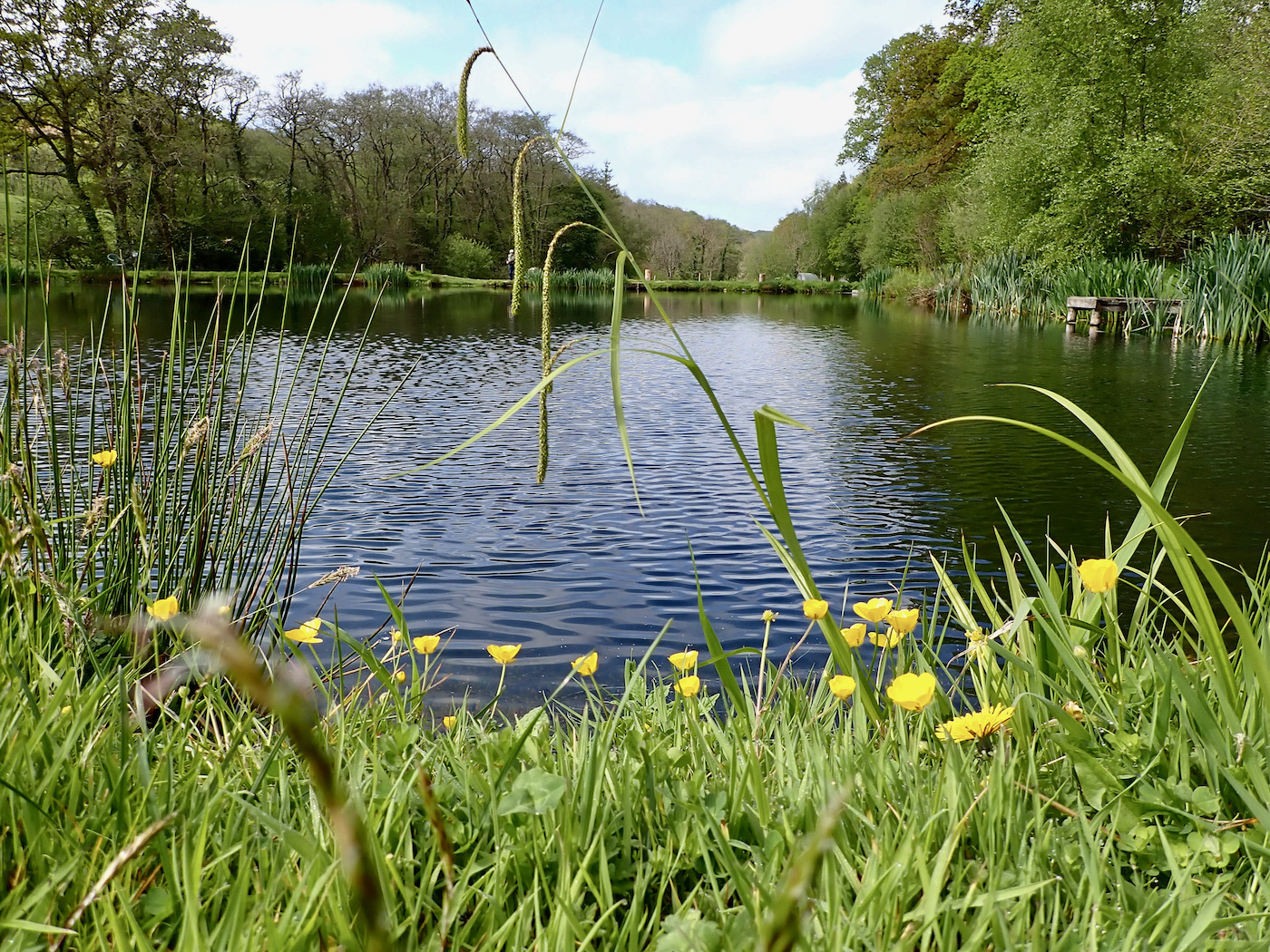
The trout could be seen cruising slowly just beneath the surface with the occasional fish slurping down surface flies. Shortly after arriving I dropped a goldhead PTN on the nose of a cruising trout that took the fly without hesitation. A pleasing brown trout of over 2lb. This proved to be the exception for I failed to get another take for a couple of hours.
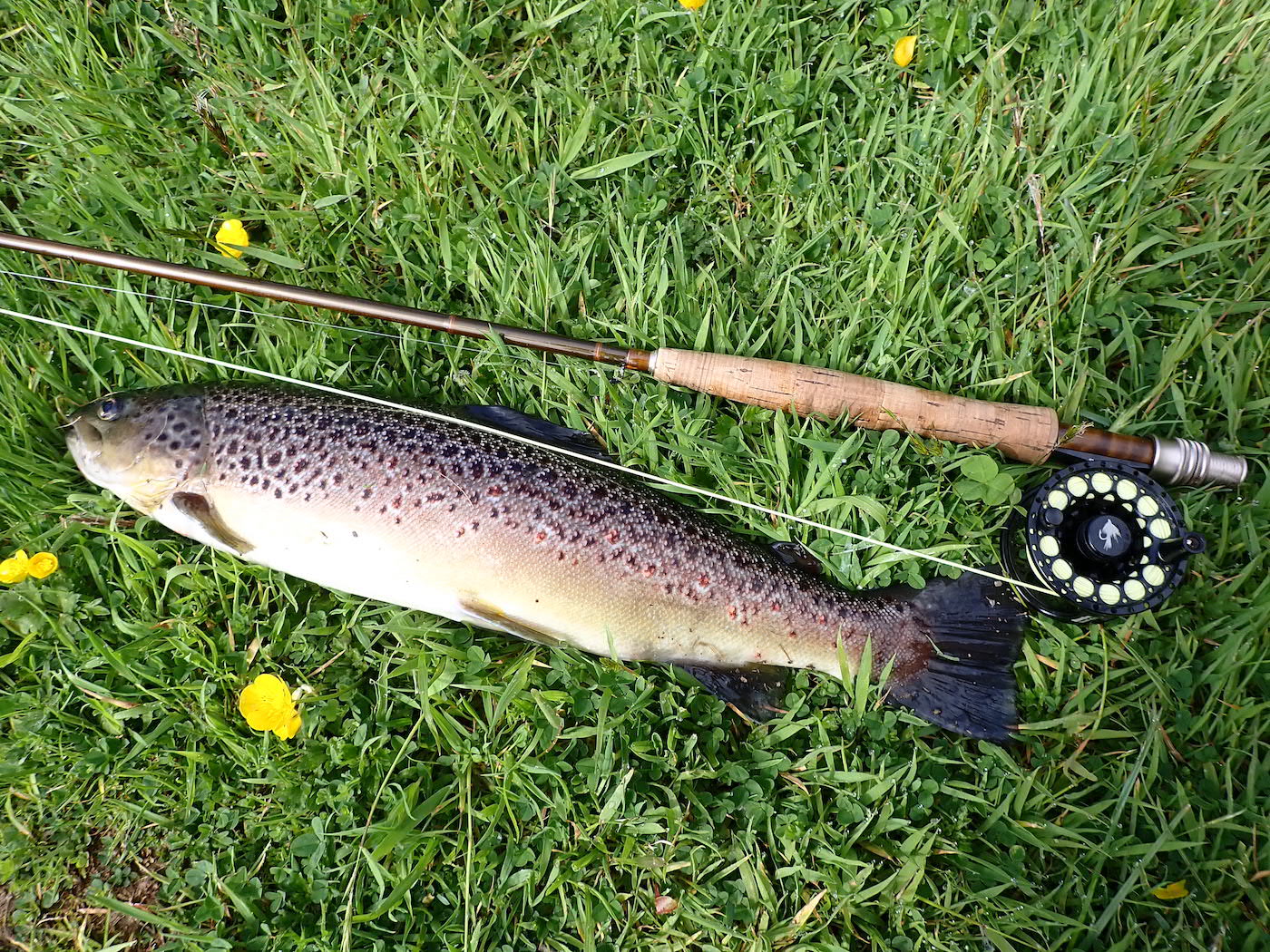
A fresh stocking of trout were introduced whilst we were fishing. I did not move to this area for a while but eventually moved to the half of the lake that had been stocked. With the help of polaroid glasses I observed a shoal of freshly stocked trout and dropped the PTN into their midst. There was a swirl on the first drop and on the second connection with a rainbow of around 1lb 8oz. I fished on in this spot for 15 minutes or so but the trout appeared to have wised up taking no notice of the fly.



By now my fellow members had bagged up fishing from the dam. I decided to move and drop my fly amongst a fresh selection of trout. A couple of casts and couple of follows then a good brown turned, the white of its mouth showing as the stillwater dinkhammer moved ( dry fly indicator) I lifted the rod and watched the trout react in the clear water. After a spirited tussle the fish was safely in the net.
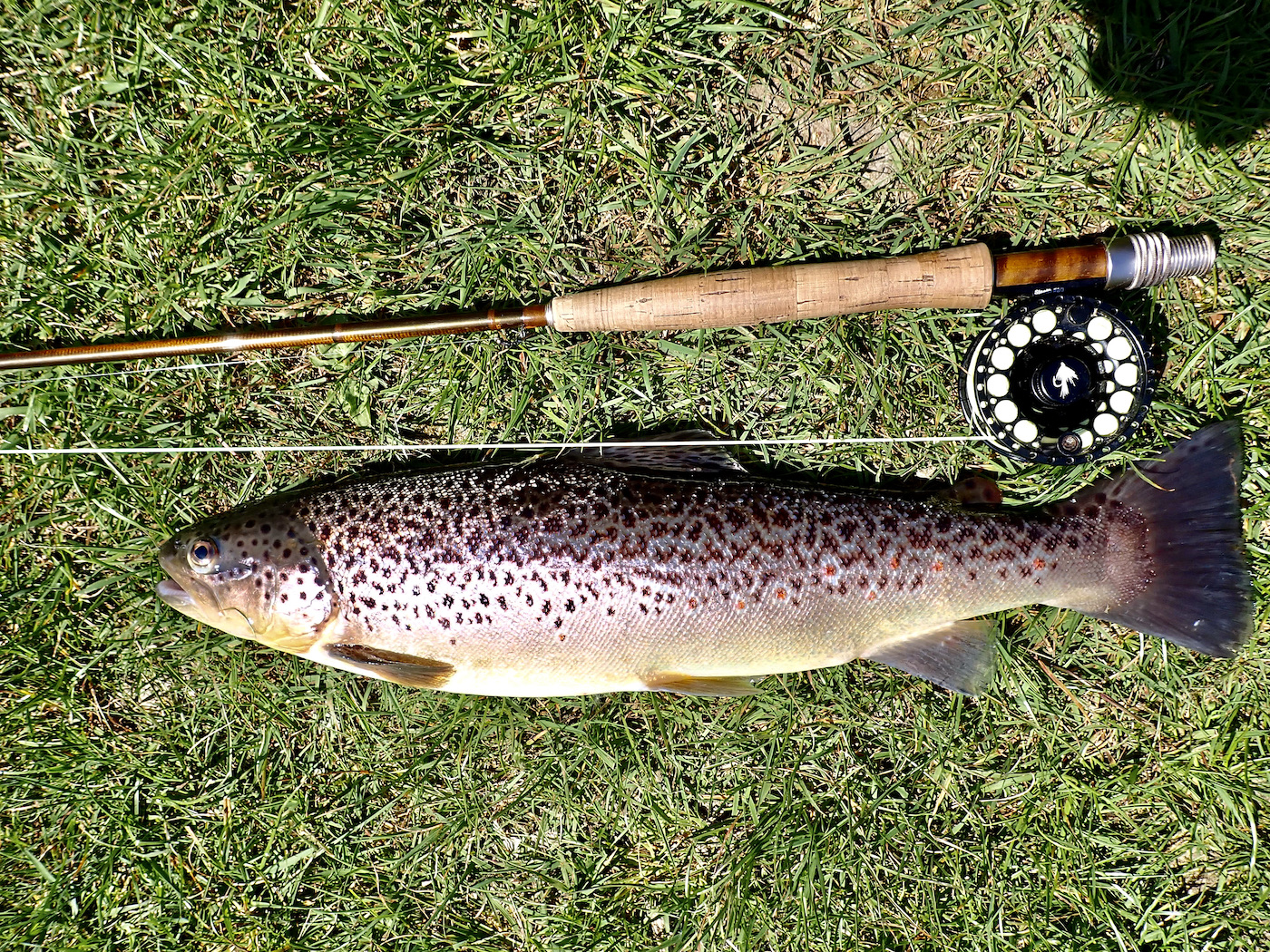
It was time to weigh in.
Wistlandpound Fly Fishing Club – May Competition Result
1st Wayne Thomas 3 trout 6lb 10oz
2nd – Colin Combe 3 trout 6lb 9oz
3rd David Eldred 3 trout 4lb 14oz
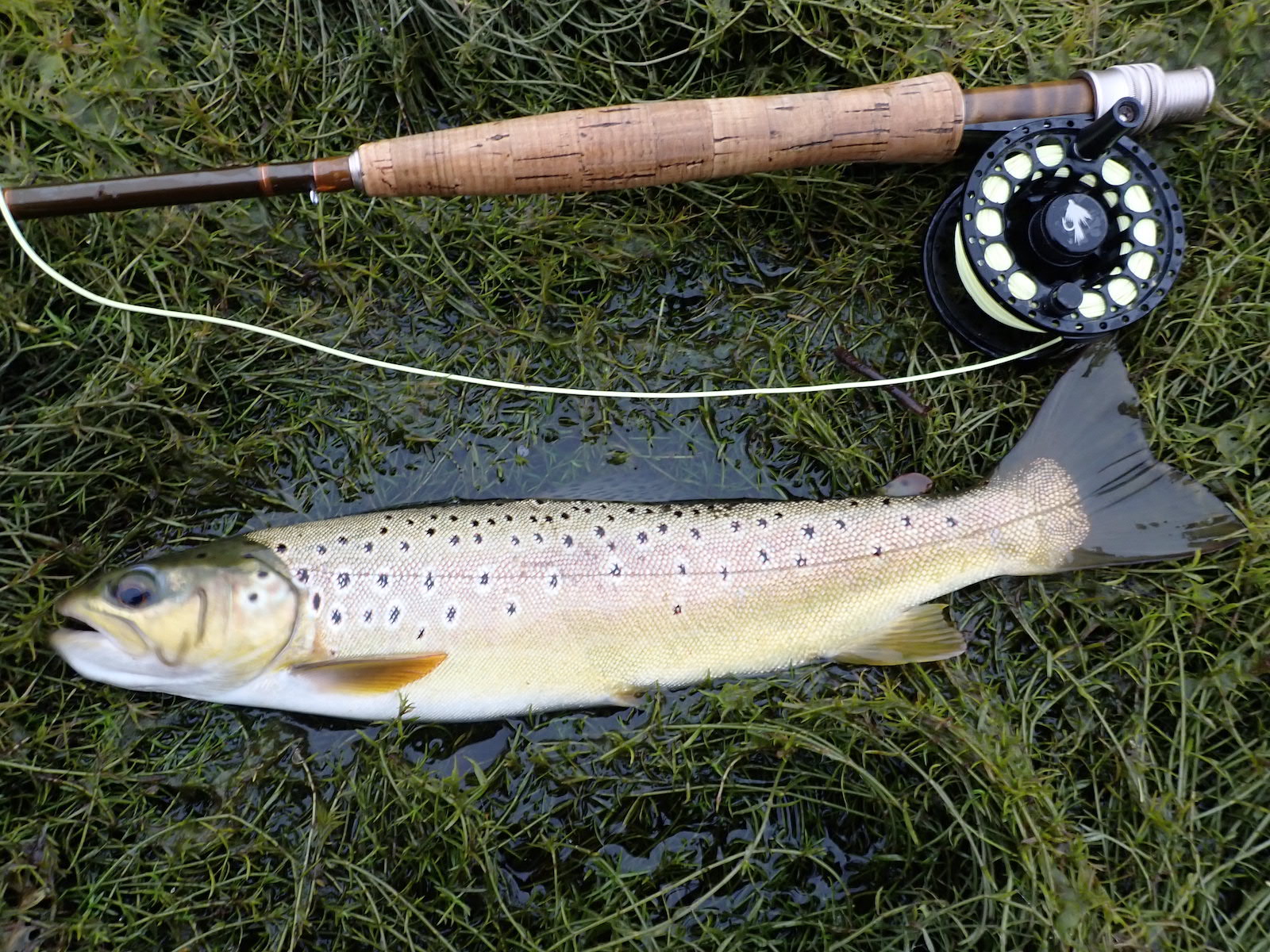
A cool South West wind ruffled the surface of Wistlandpound and mist descended upon the tree lined perimeter as I waded out into the lake. I had left the rod set up since my last visit with a black tadpole on the point and small black pennel variant on a dropper. I commenced to search the water and after ten minutes hooked into my first brown trout of the evening a valiant scrapper of perhaps 10″. This was only a short session but proved to a good one. During the next hour I banked ten trout up to 12″ and on one cast even managed a brace with one on each fly.
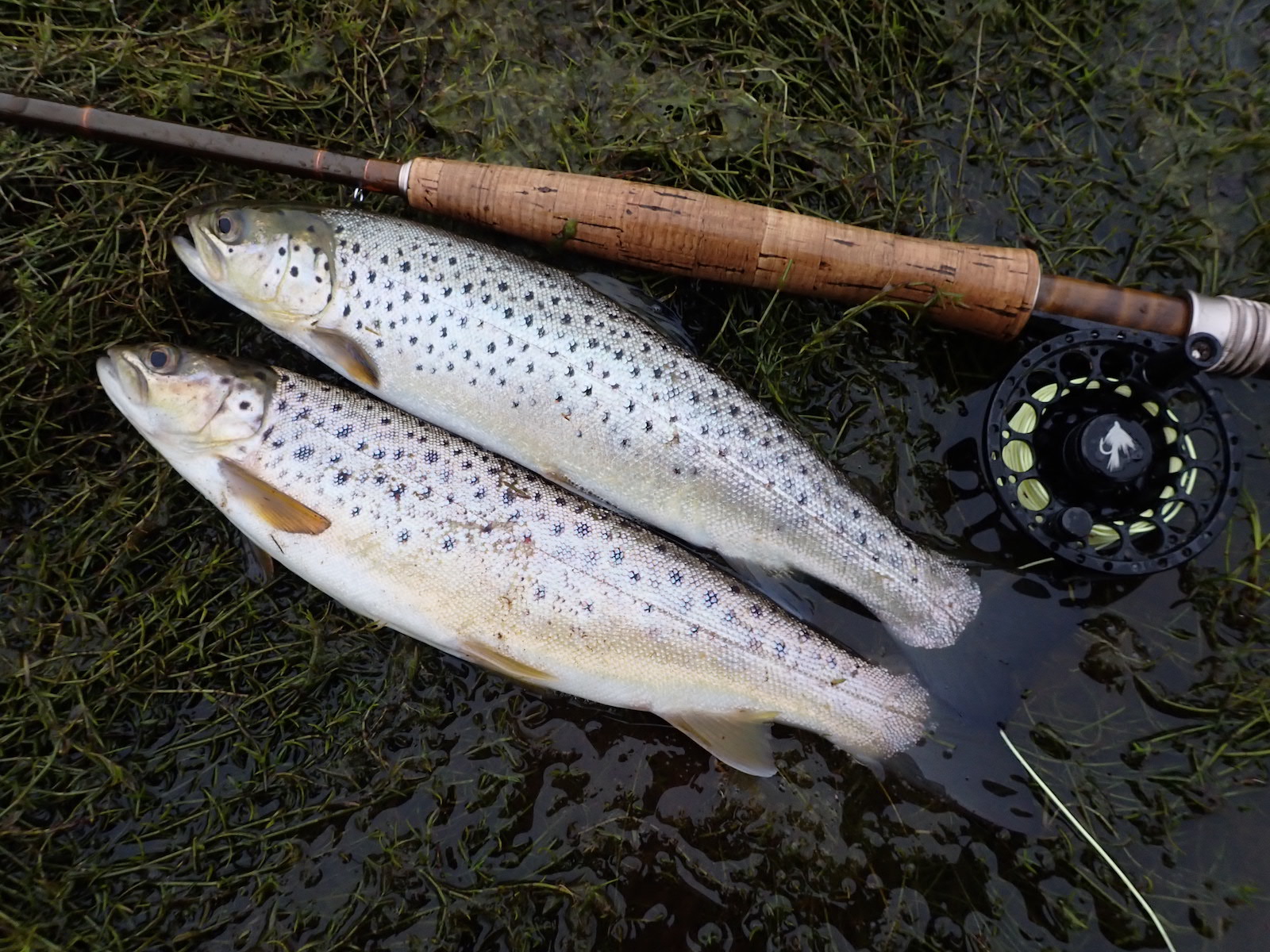
I wondered if the rudd would still be present in the shallow inlet and wandered up for a cast or two. Six rudd later I returned to the trout area and added another brownie to the total as the light faded from the day.
The following morning I decided to head for a short session on the Torridge once again targeting brown trout as with river levels now very low there was little chance of a salmon.
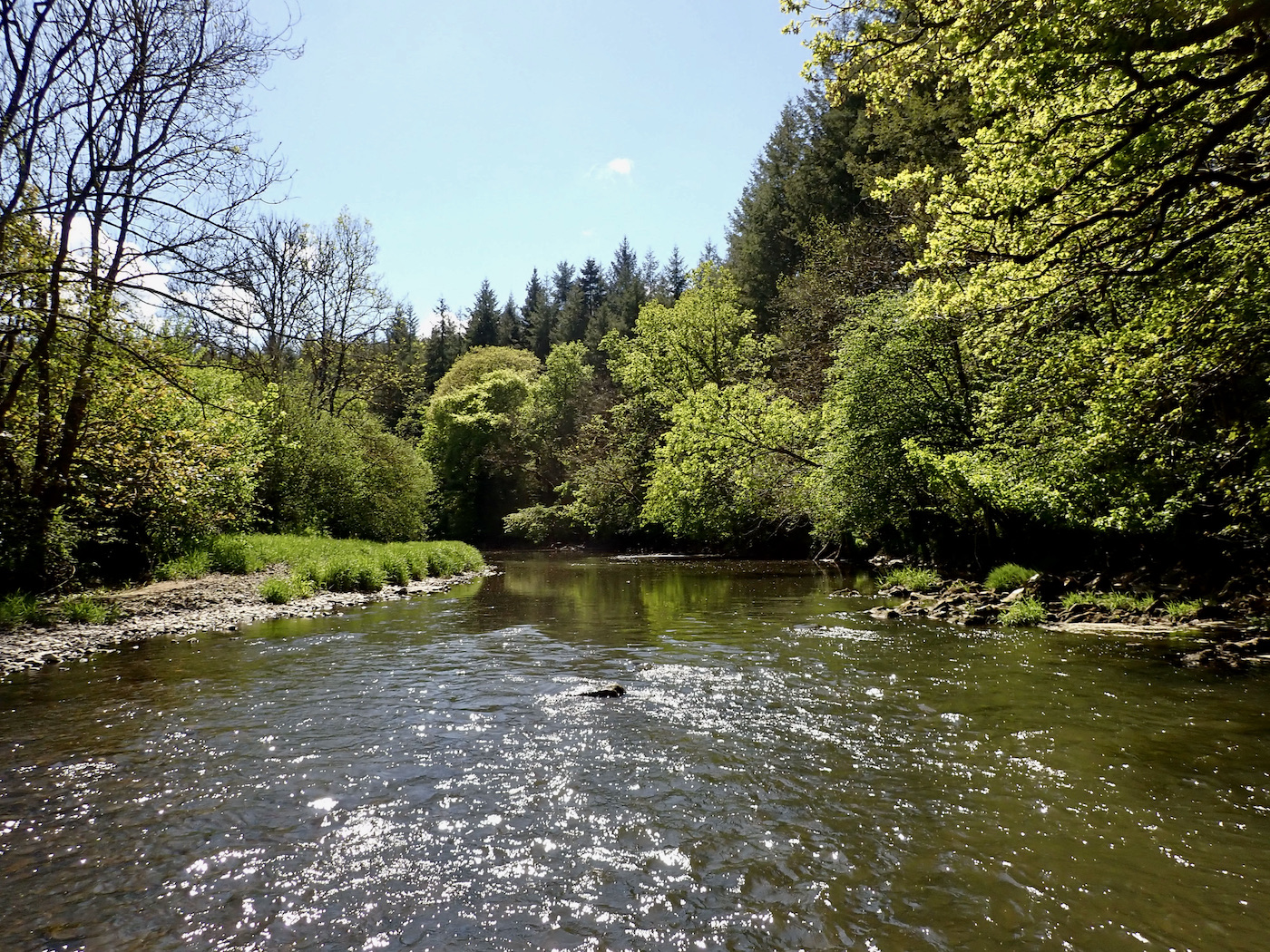
It was a delight to be wading in the cool waters with lush green growth all around. I started out with a new Zealand style set up and hooked a brown trout of perhaps 8oz after a few casts but it came adrift after a brief tussle.
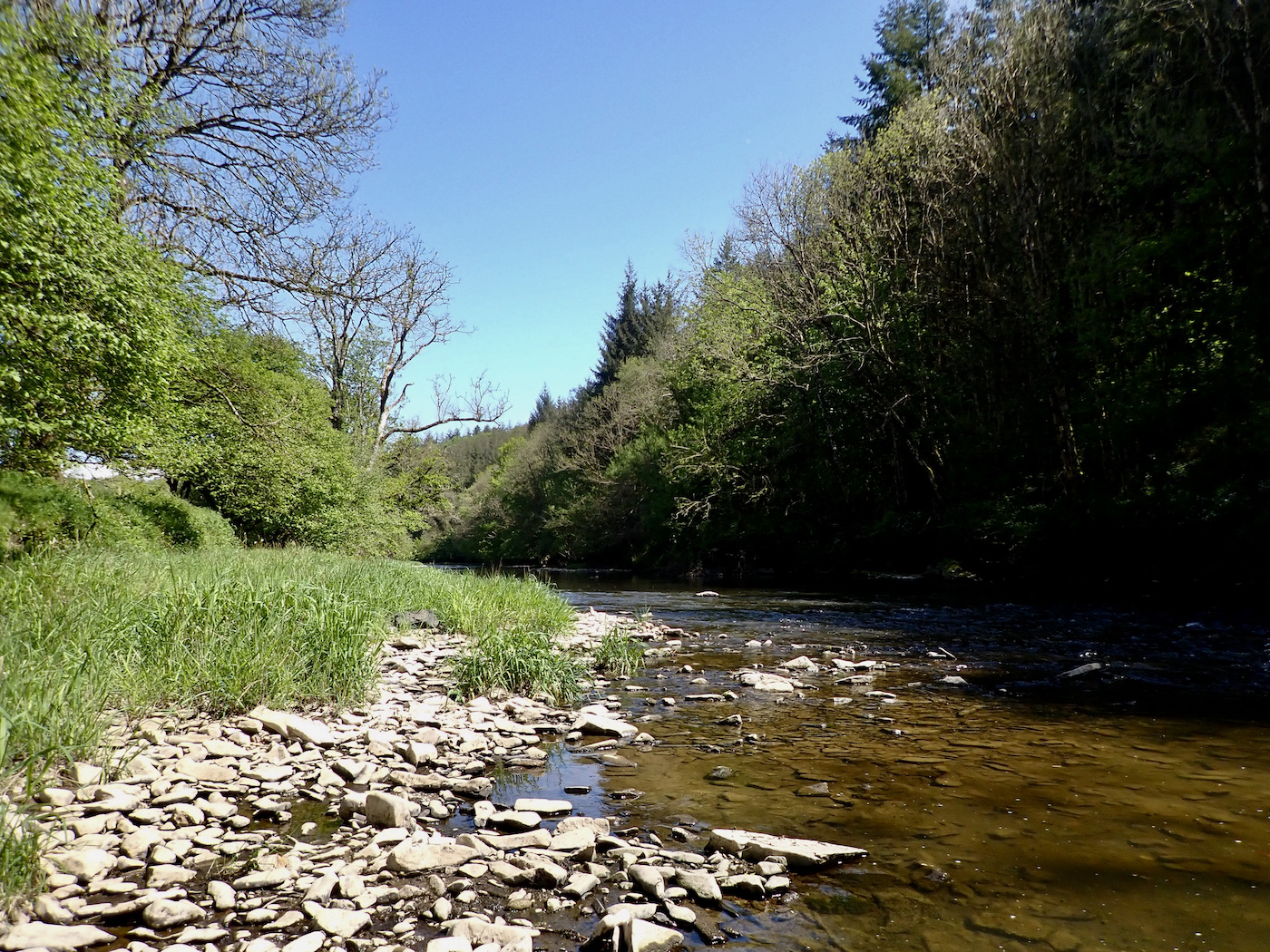
It was good to see plenty of fry darting about in the margins and a few toad tadpoles. I was hoping to spot a few rising fish but they were very few and far between. At the top of the beat I changed over to a pair of nymphs and tried drifting these over promising lies to no avail. With only a short time left a few fish started to rise and I hastily changed over to a dry fly. I flicked the fly into the streamy run where I had spotted the rising fish. A glance at the time and I realised that my time was almost up. One more cast… a splashy rise and I was into a 12″ brownie to save a blank session.
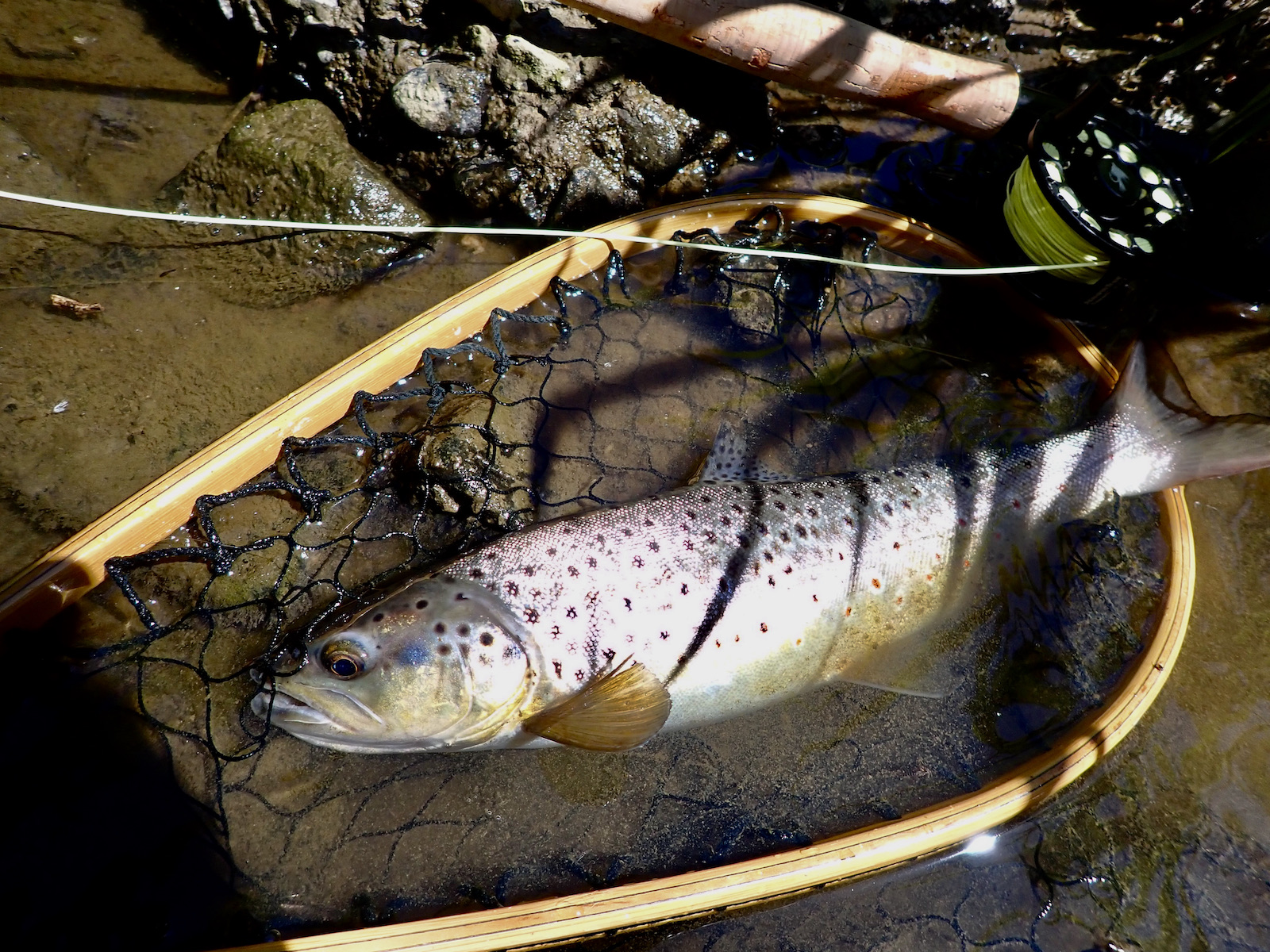
One of the joys of fly fishing is the lack of preparation required. Just pick up the rod and head to the waters edge.
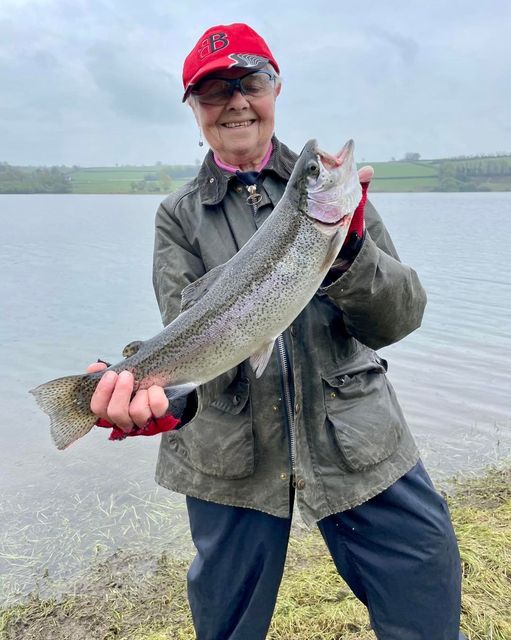
Quay Sports are amending their opening hours to offer an even better service. This friendly tackle shop boasts a vast range of tackle for all disciplines with good solid advice available from experienced local anglers.
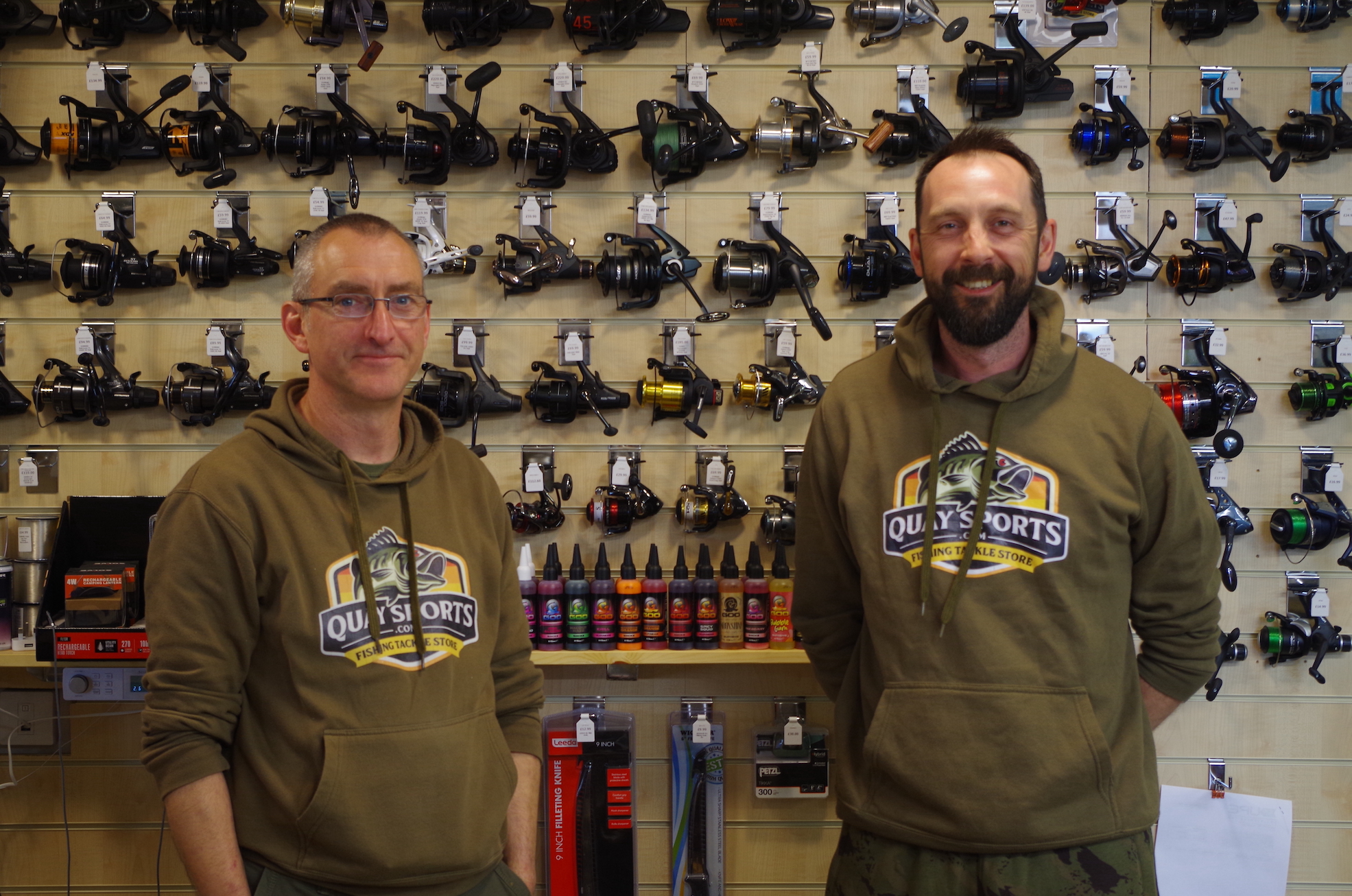
“We are condensing the hours so we can have 3 or 4 members of staff in the shop more of the time at the busier periods. This will mean we will have more time to offer advice, demo products and serve customers more efficiently.”
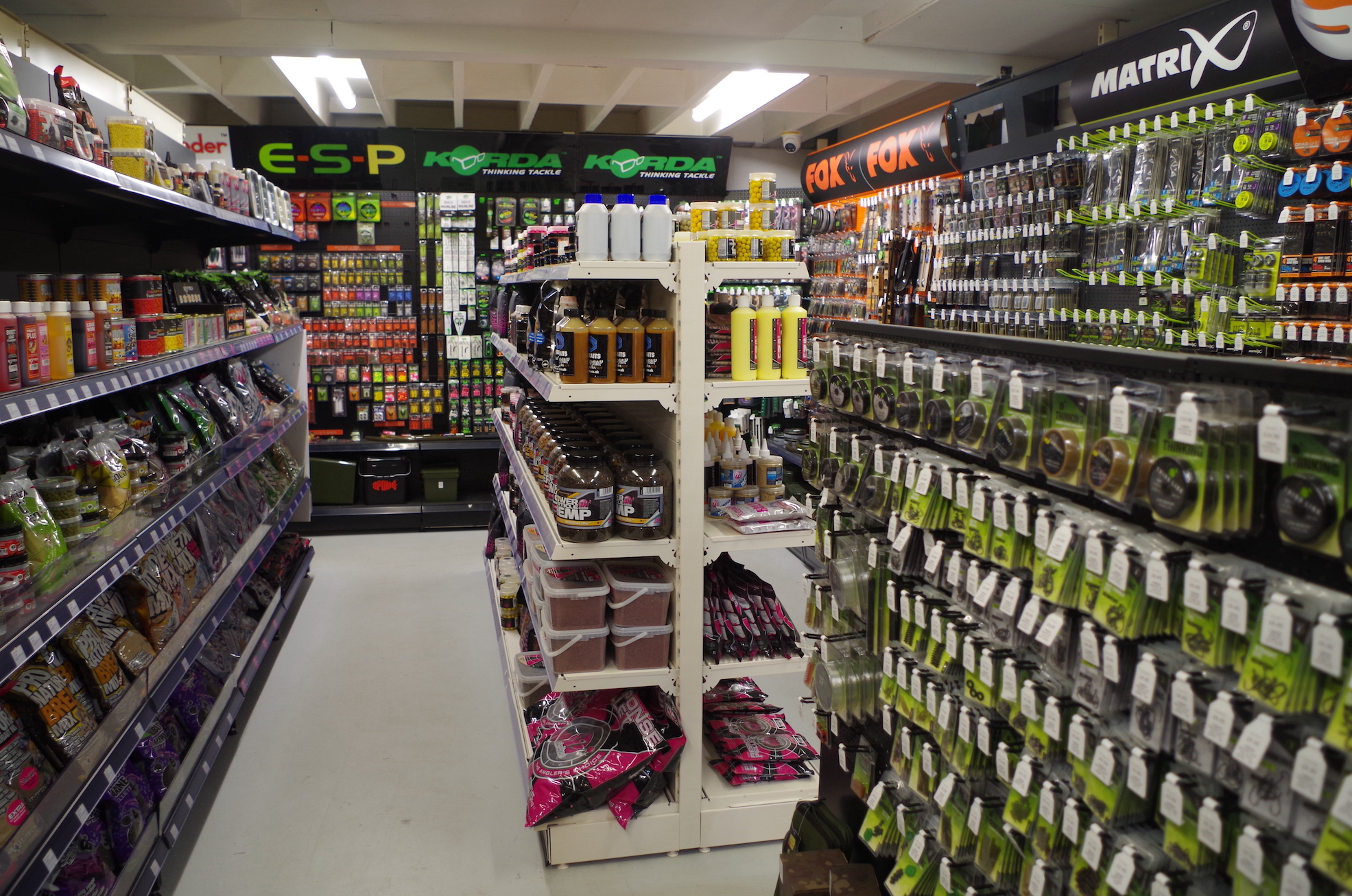

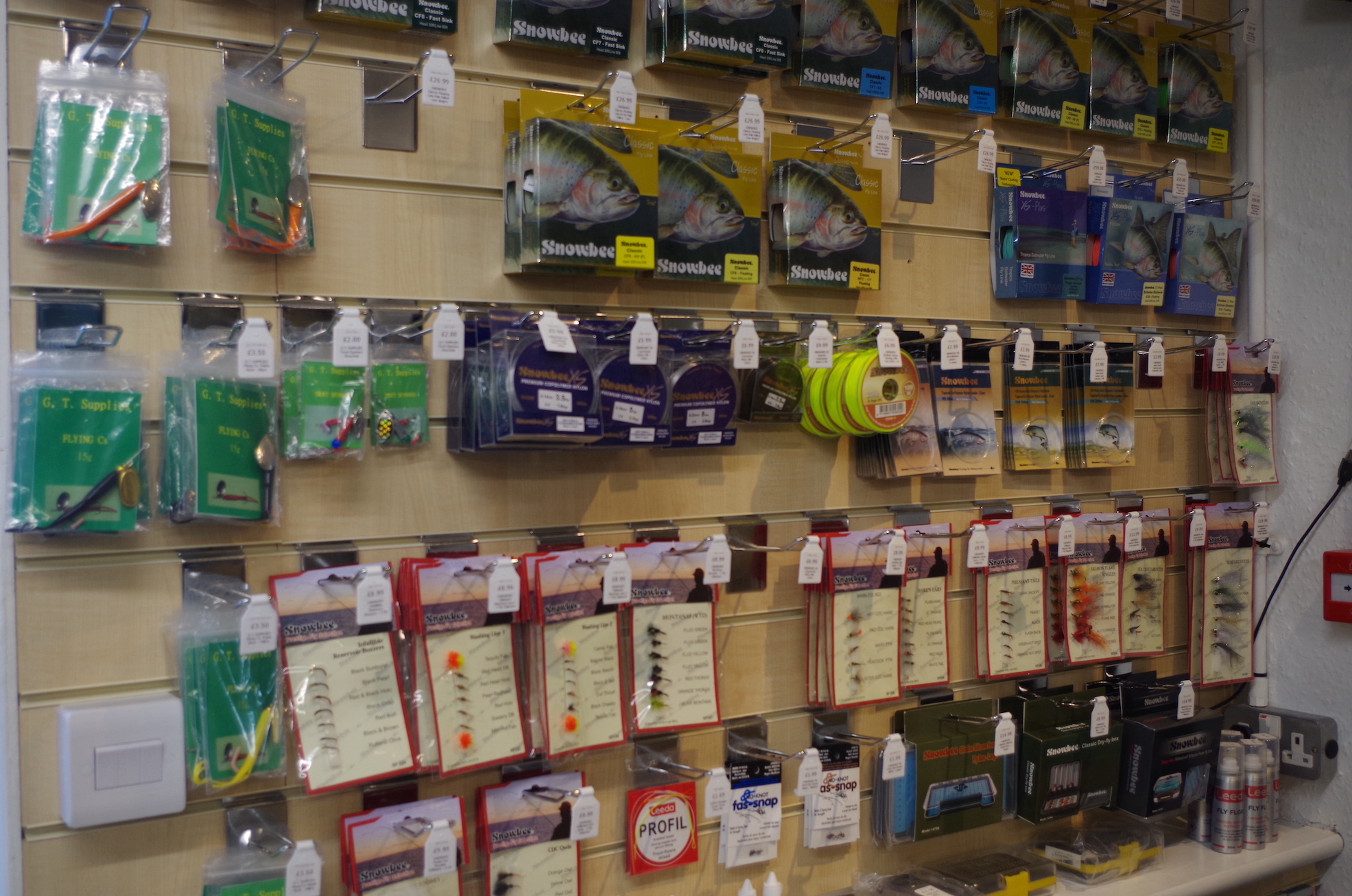

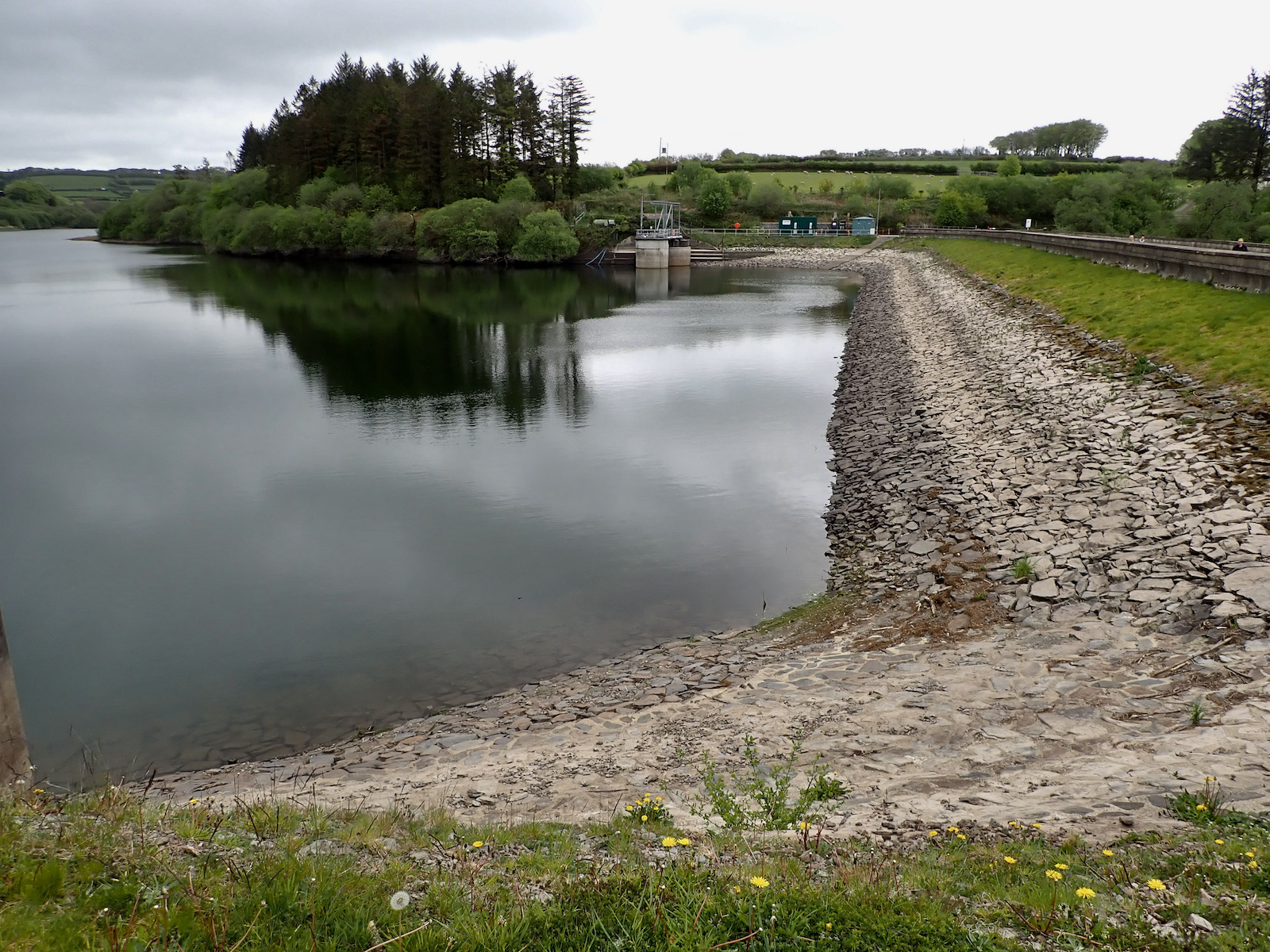
As I walked down to the dam at Wistlandpound I was surprised to see just how low the reservior was so early in the season. After a long dry spring and a relatively dry winter it will need a lot of rain to regain the levels with water pumped from the River Bray near Challacombe.
This was only a short session that was to prove far more productive than I expected. I tied a small black lure on the point and black spder pattern to a dropper. Walking to the point on the West Bank I started putting out a line and started a slow retrieve. After each cast I took a step to my right planning to cover plenty of water. After half a dozen casts I was encouraged by a boil on the surface as a fish swirled at the fly without connecting.
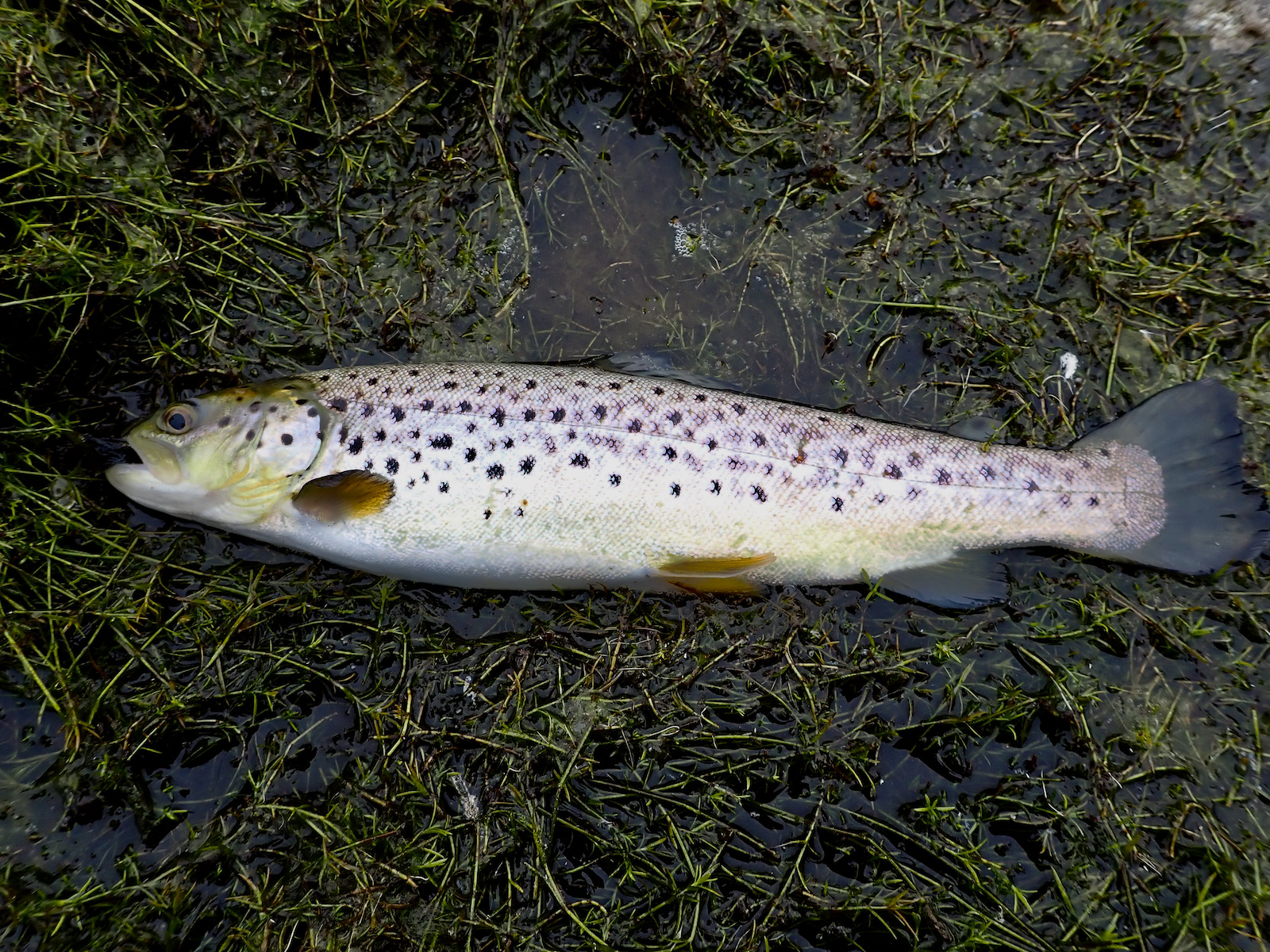
A few cast later came a solid tug as I connected with a brown trout that gave a spirited account spending plenty of time leaping high out of the water before coming to hand. During the next 45 minutes another five trout followed all pristine looking fish of around 10″.
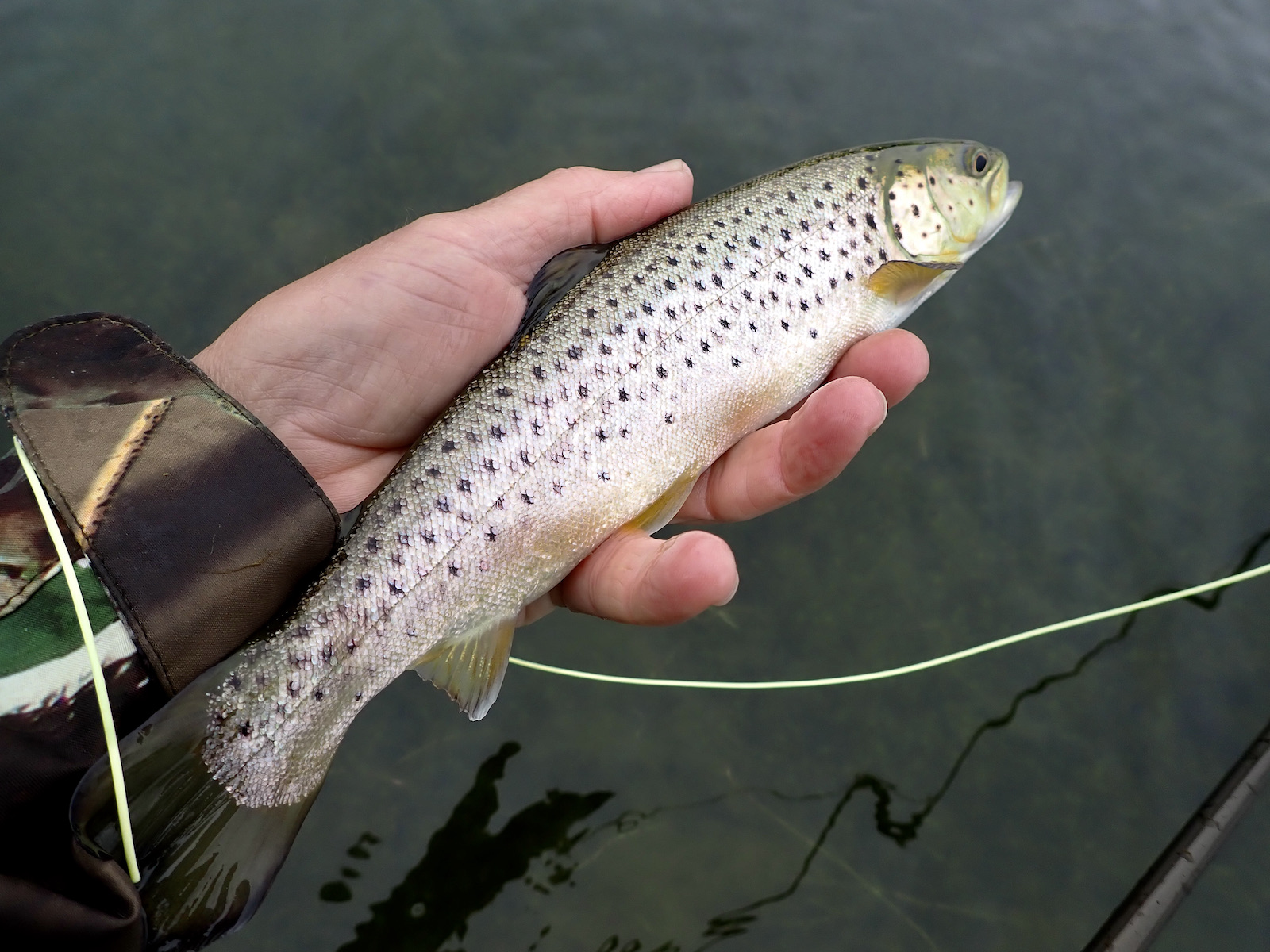
I decided to walk to the far end close to the inlet to see if any rudd were showing. After a couple of casts another brown trout siezed the fly and was brought protesting to Hand. I caught sight of swirls close to the weeds and put the flies into the area. The line pulled tight and I lifted into my first rudd of the season. During the next thirty minutes a dozen or so rudd were brought to hand. These were beautiful fish the light bouncing off their scales and fins glowing red. Th size of the rudd was encouraging with the average size bigger than those caught last year. The best was around 12oz and I have heard runours of fish well over 1lb.
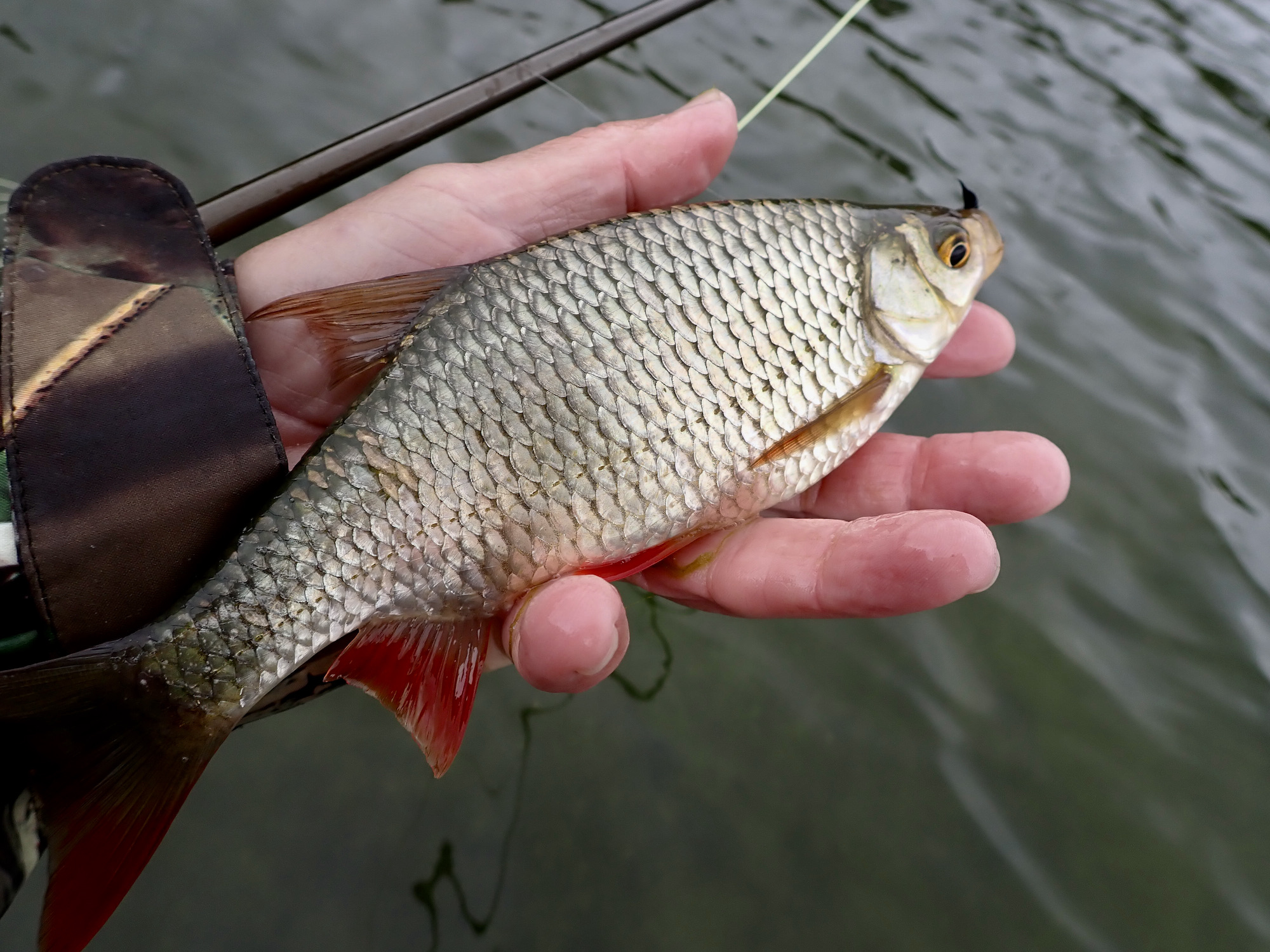
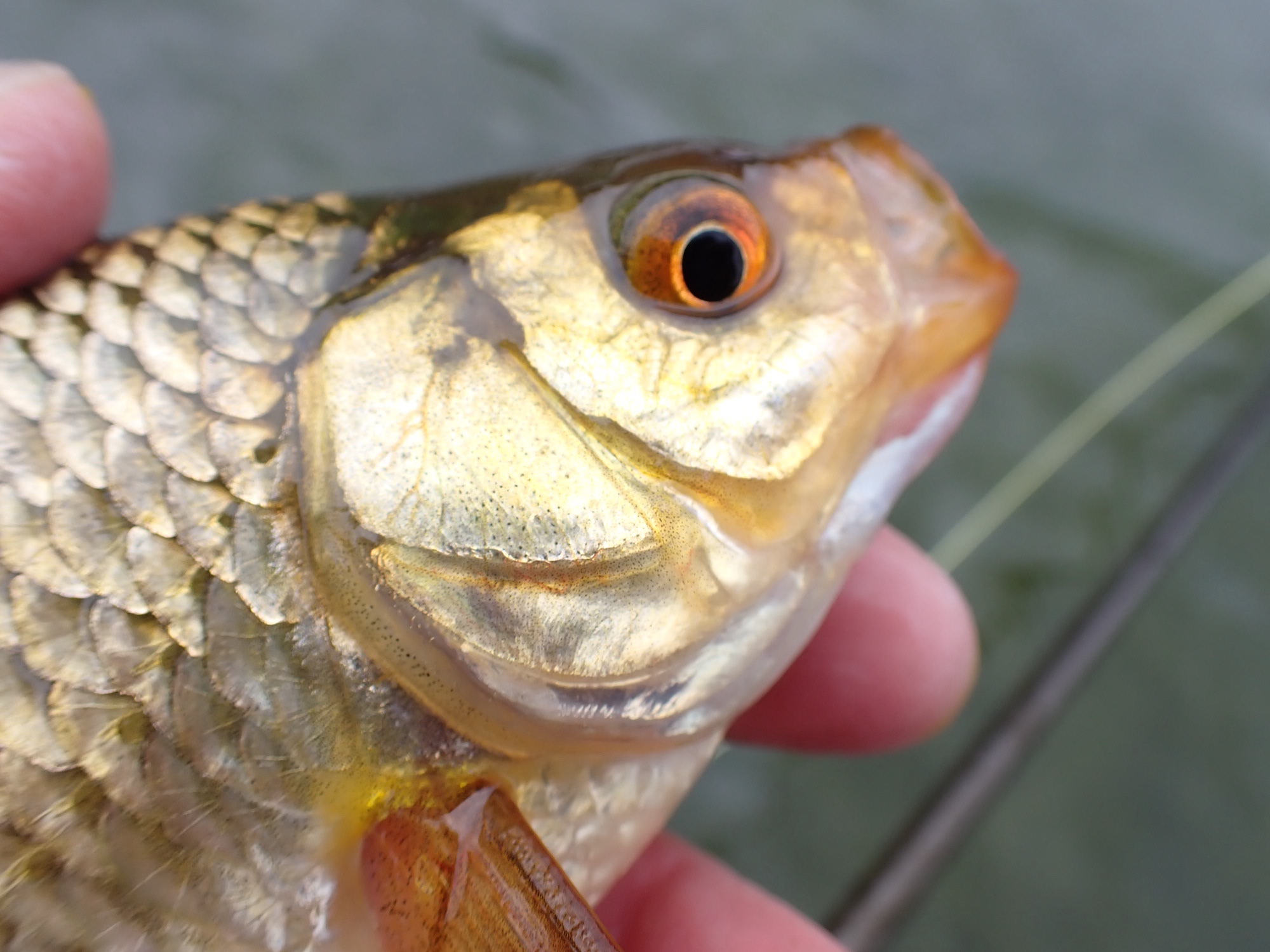
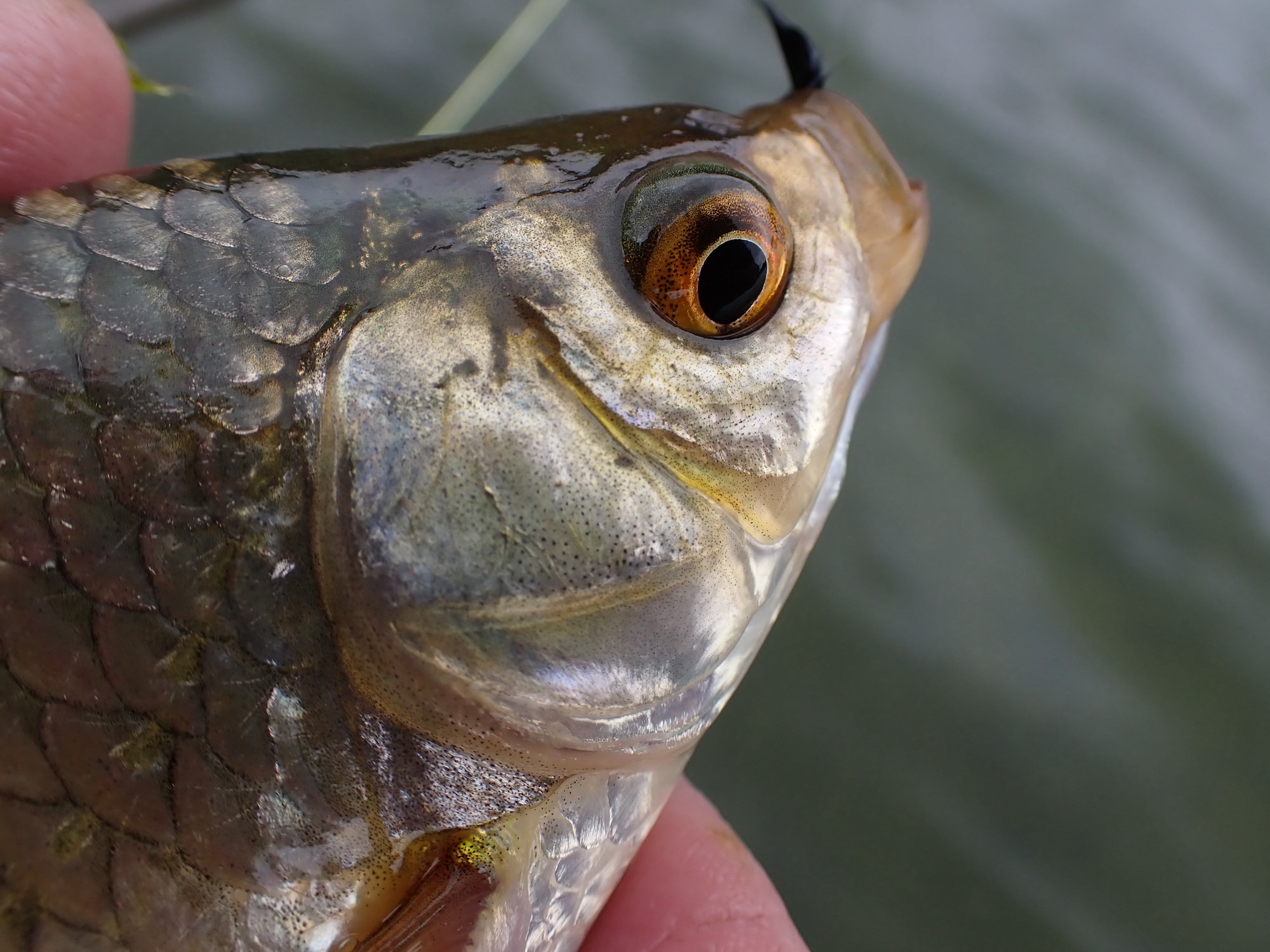
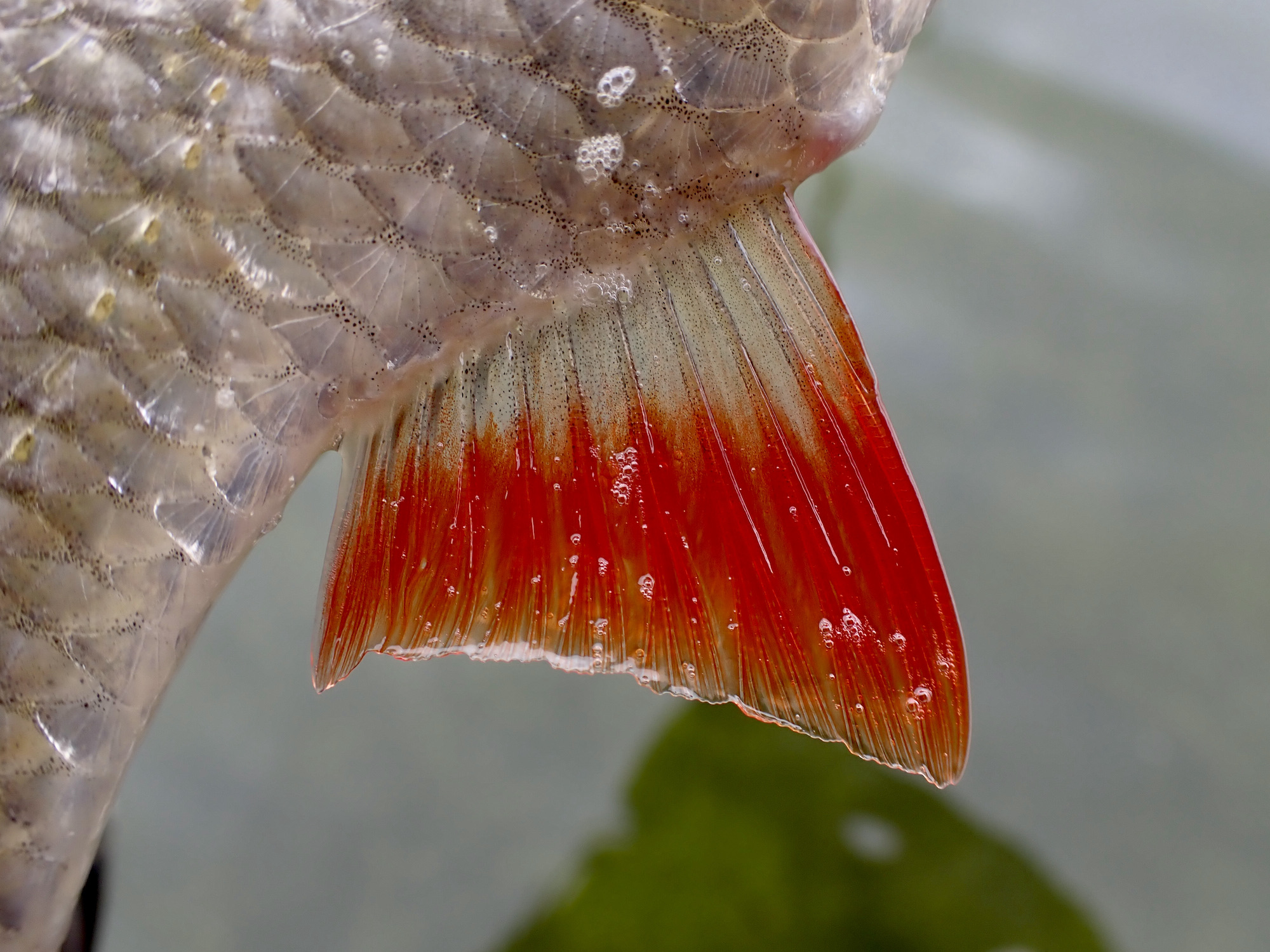
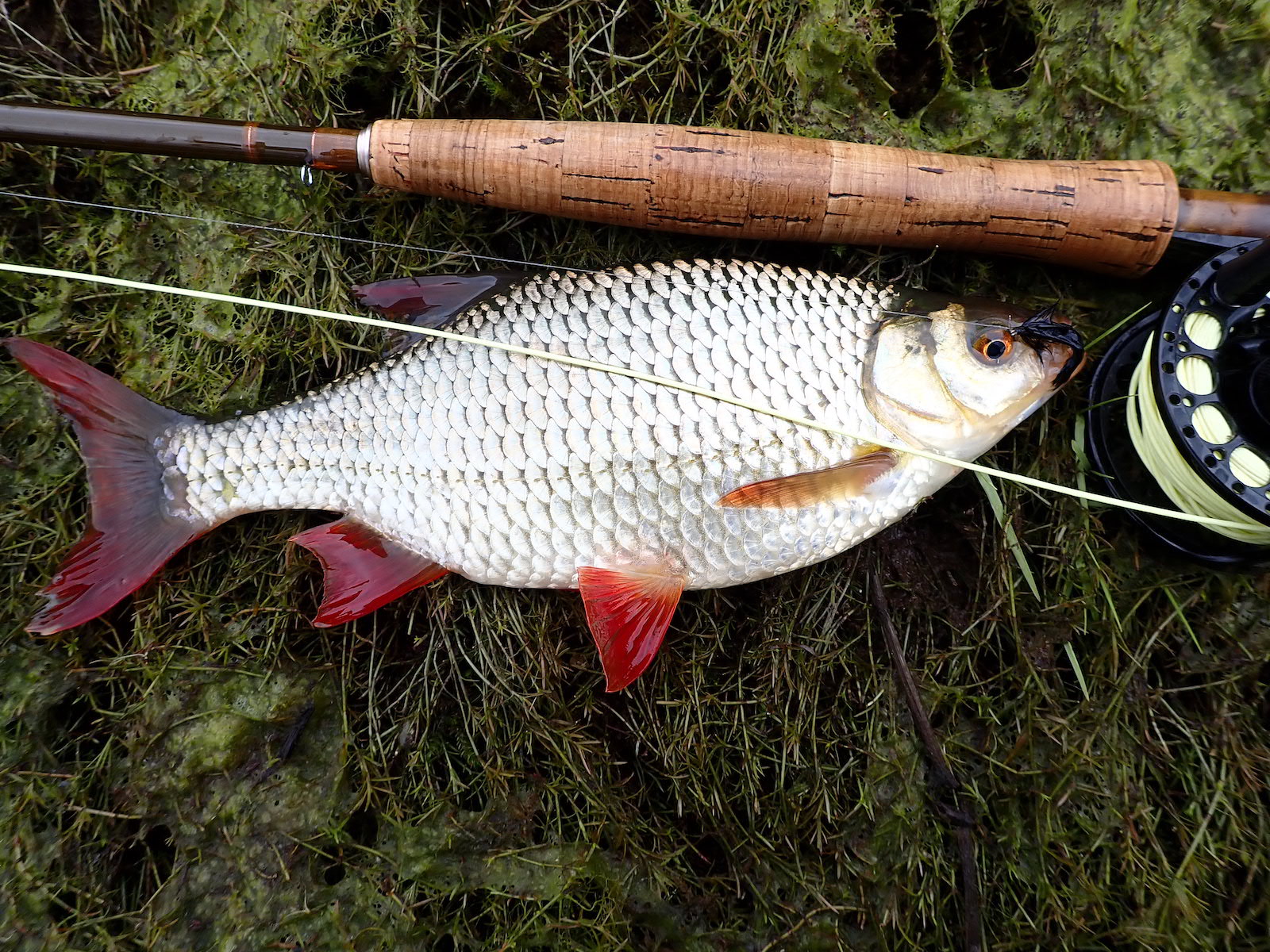
I walked briskly back to the car after a short but rewarding session.
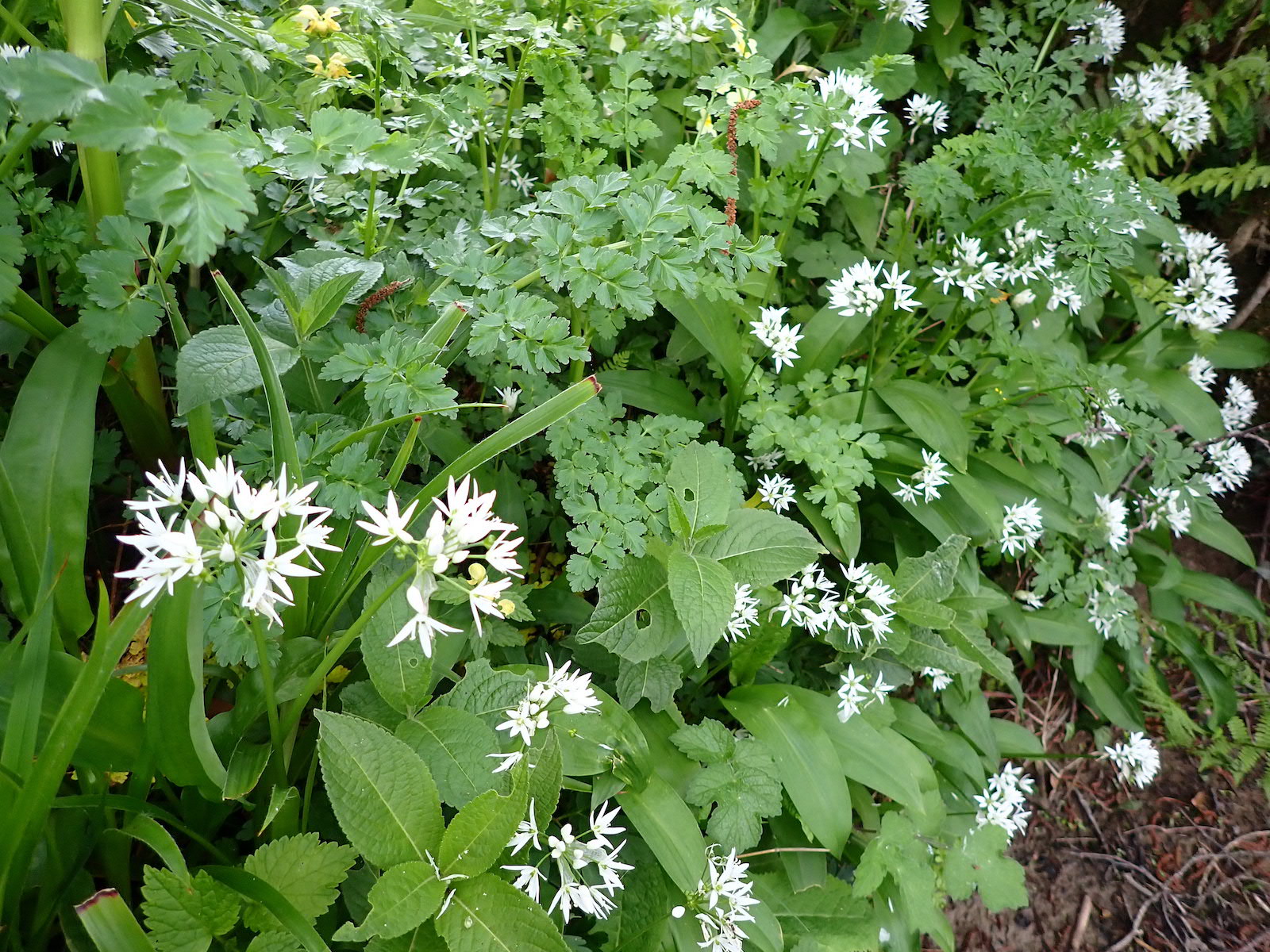
The river was running low and clear as I threaded the line through the rings tying one of Nigel Nunn’s scruffy dry fly creations to a fine leader. It was a cool calm overcast evening and no fish appeared to be rising as I watched the water.
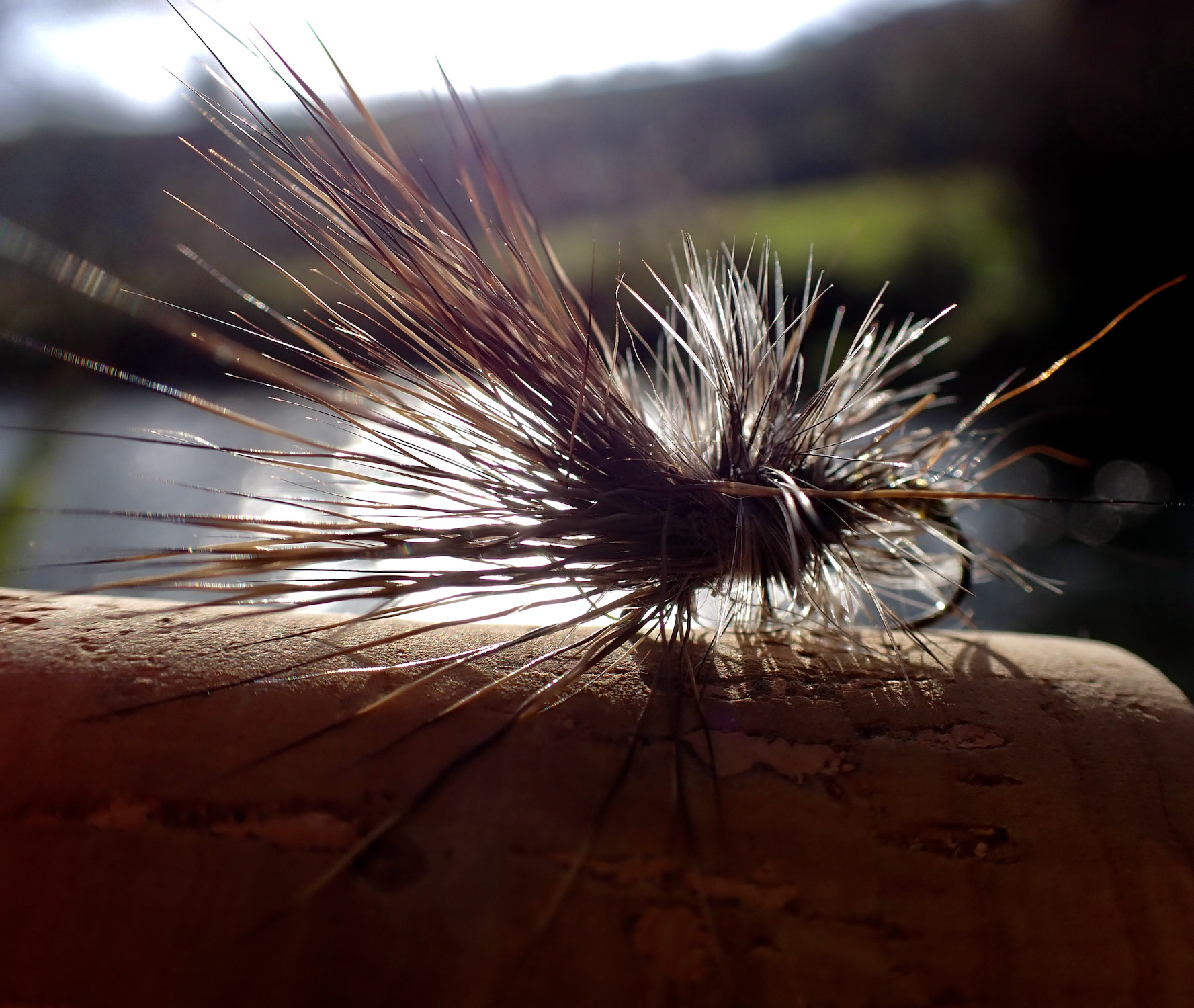
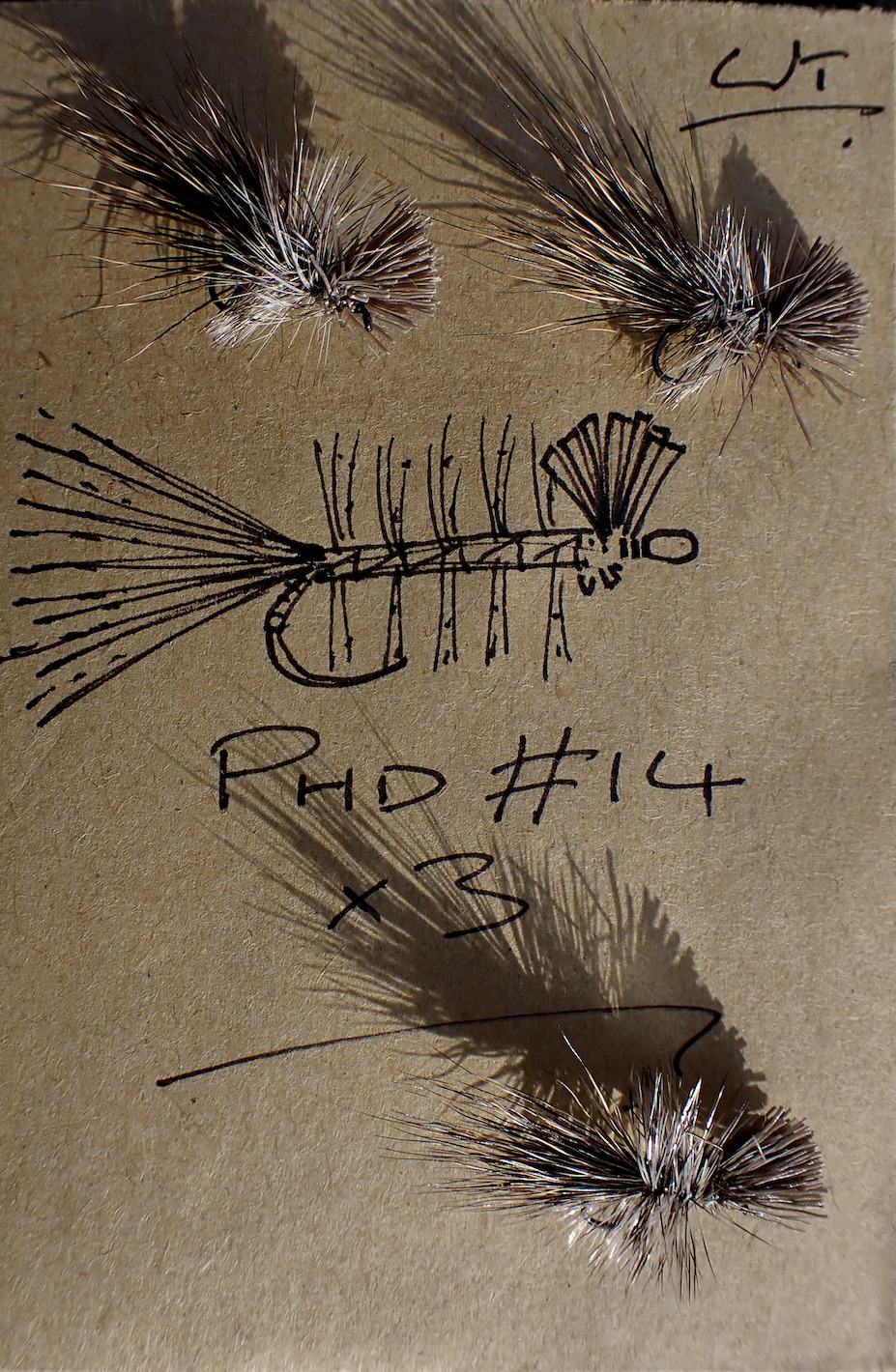
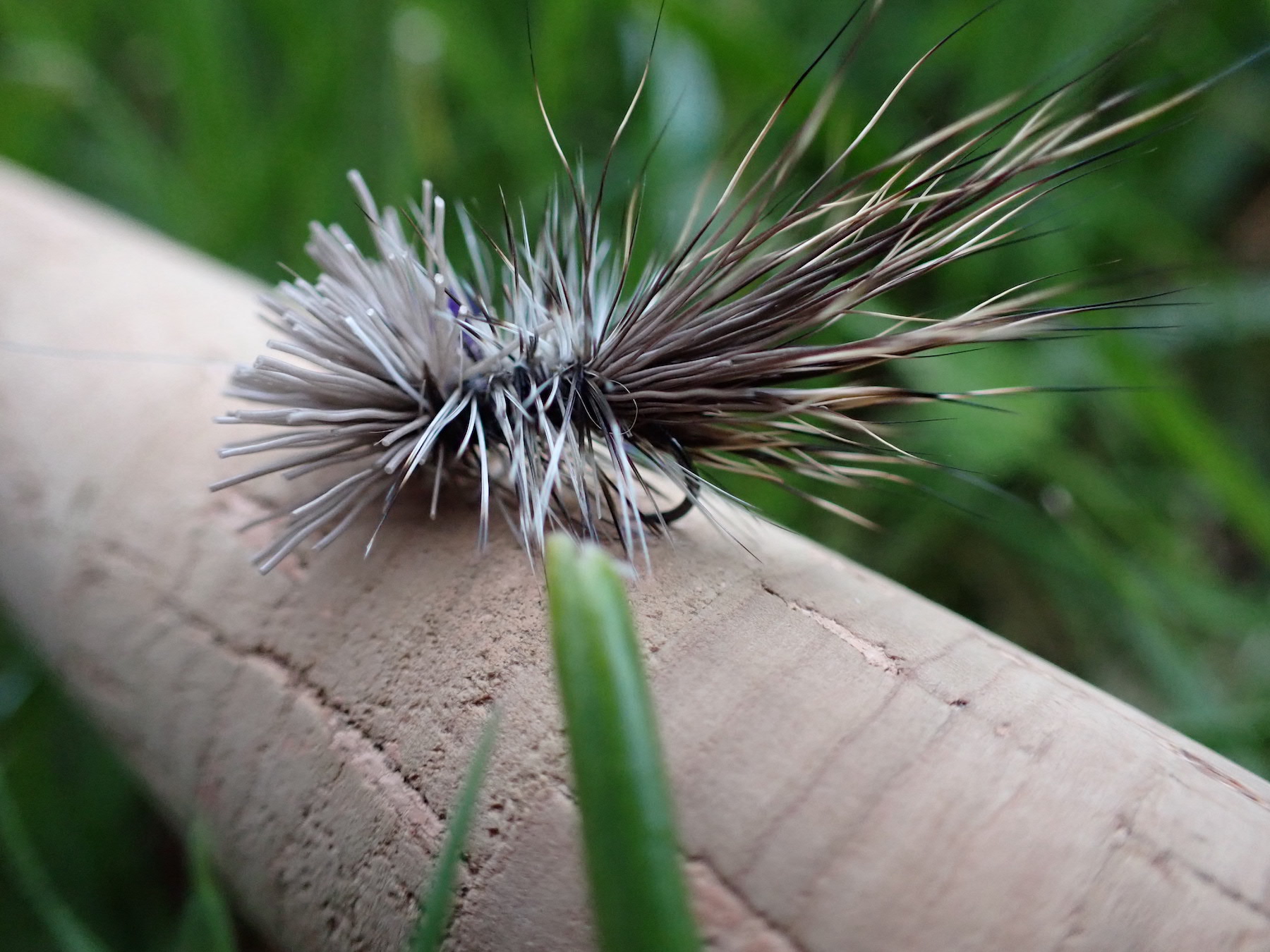
Lambs pranced in the fields, spring flowers lined the banks and birdsong filled the air. With life throwing a few challenges the river gave a welcome relief as I waded carefully into the clear water. I was using a light weight Snowbee classic rod and flicked the dry fly up stream focusing on the buoyant fly as it alighted and drifted down.
I have never enjoyed a great deal of success casting into calm still pools on these small rivers with fish far more liable to slip up in the streamy fast water at the pool’s heads or deeper runs.
Searching the water as I waded and scrambled as stealthily as I could upstream; a true tonic fully focussing the mind upon the moment. The bushy fly bobbed buoyantly and I was heartened to raise a couple of smallish trout that I failed to connect with. Threading the back cast between overhanging branches proved challenging at times but tangles were few and my rhythm felt good as the fly alighted repeatedly in promising spots.
The living river valley filled the senses, wild garlic in full flower its pleasing scent released from time to time as it was crushed underfoot. Carpets of bluebells beneath the trees with vivid fresh green starting to show. Ferns were unfurling and bird song drifted across the valley with activity all around as parent birds searched for food.
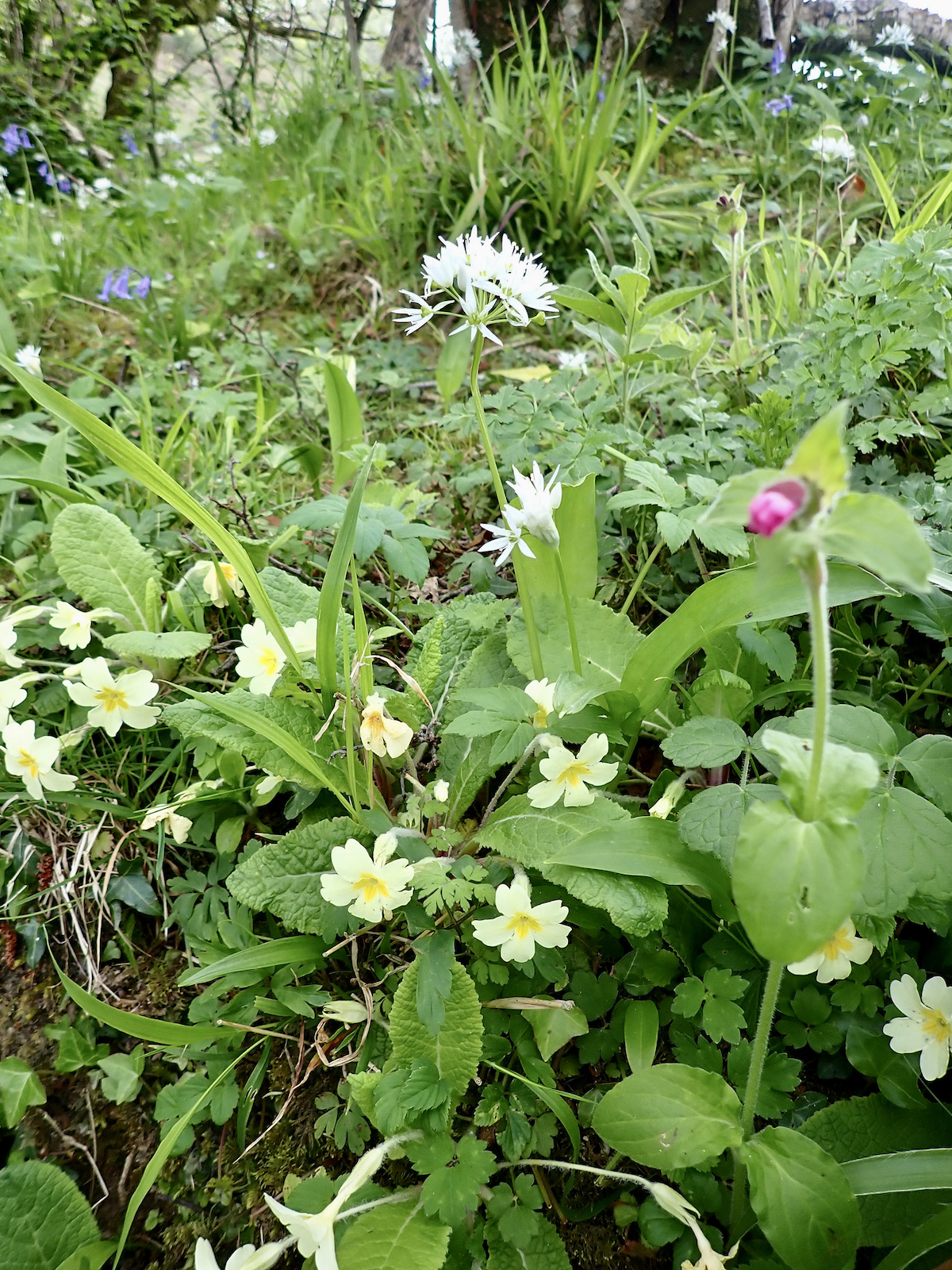
I had covered perhaps half a mile of water when I flicked the fly into a streamy run.
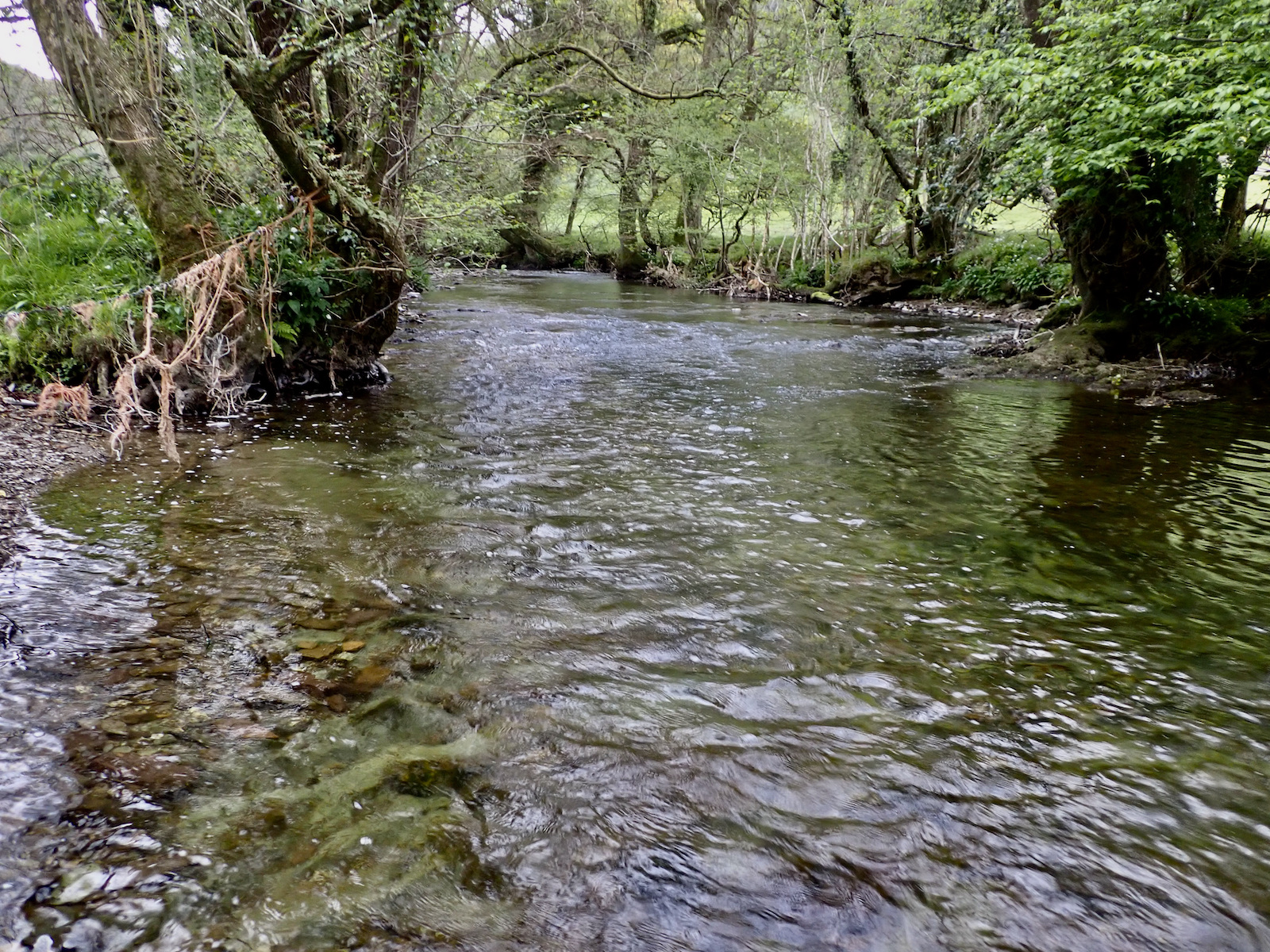
A swirl on the surface, a flick of the wrist and that delightful connection. The light rod pulsed in my hand as the fish fought in the strong current. I relished the moments and was thrilled when the fish was safely pulled over the rim of the net. I admired its spotted flanks, slipping the barbless fly from its jaws grabbed a picture of a 12” beauty, holding the fish for a moment in the flow.
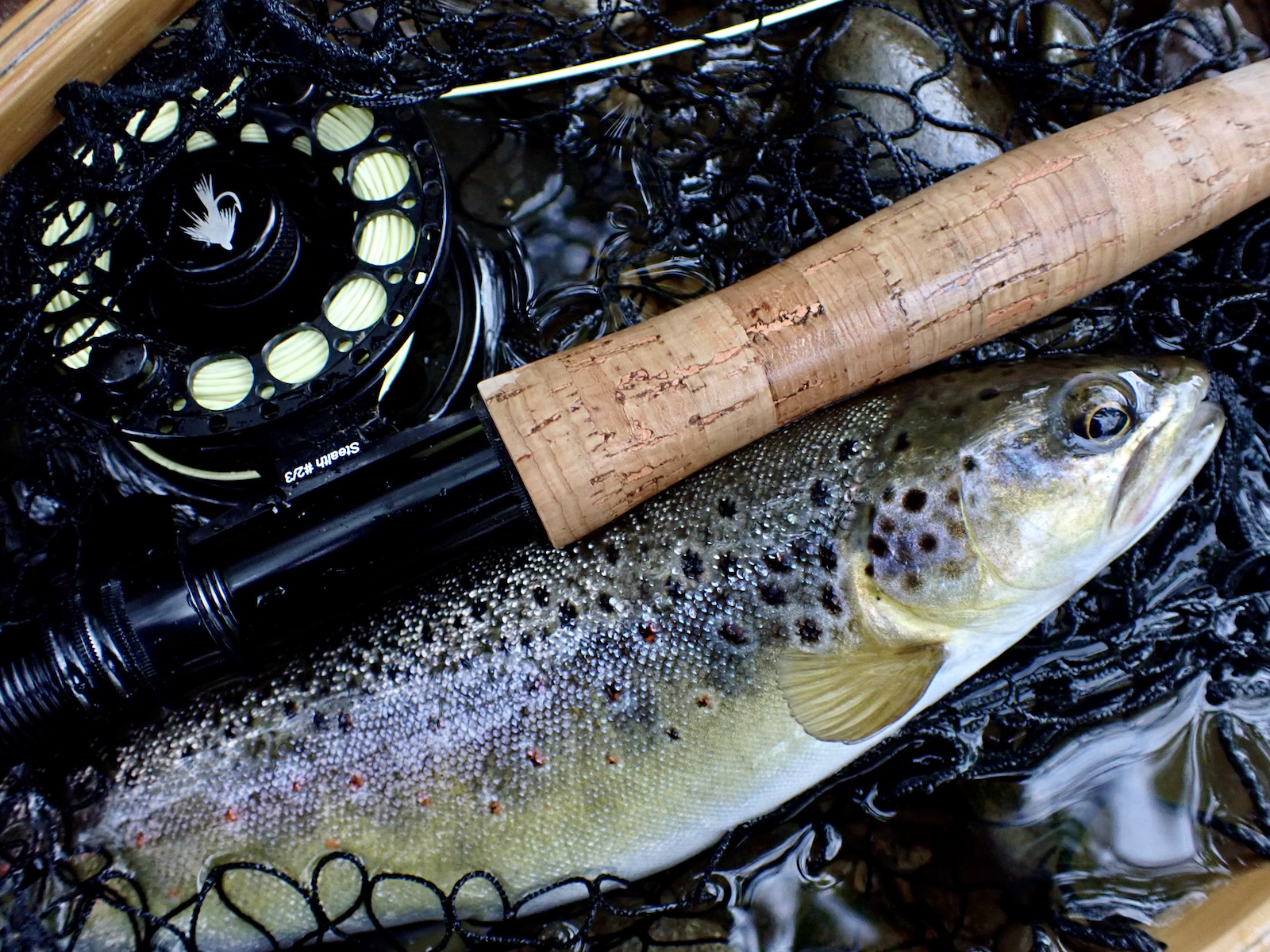
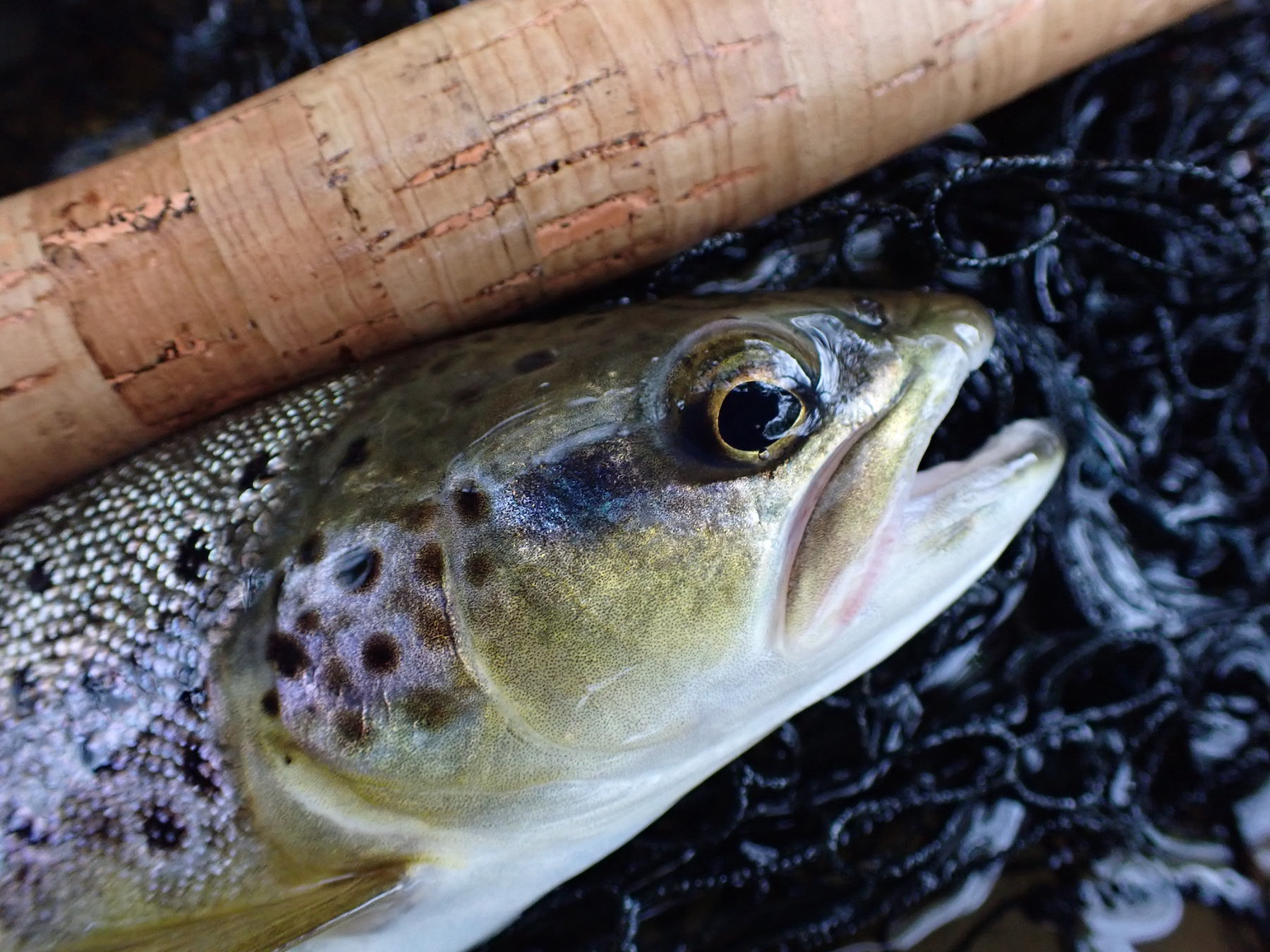
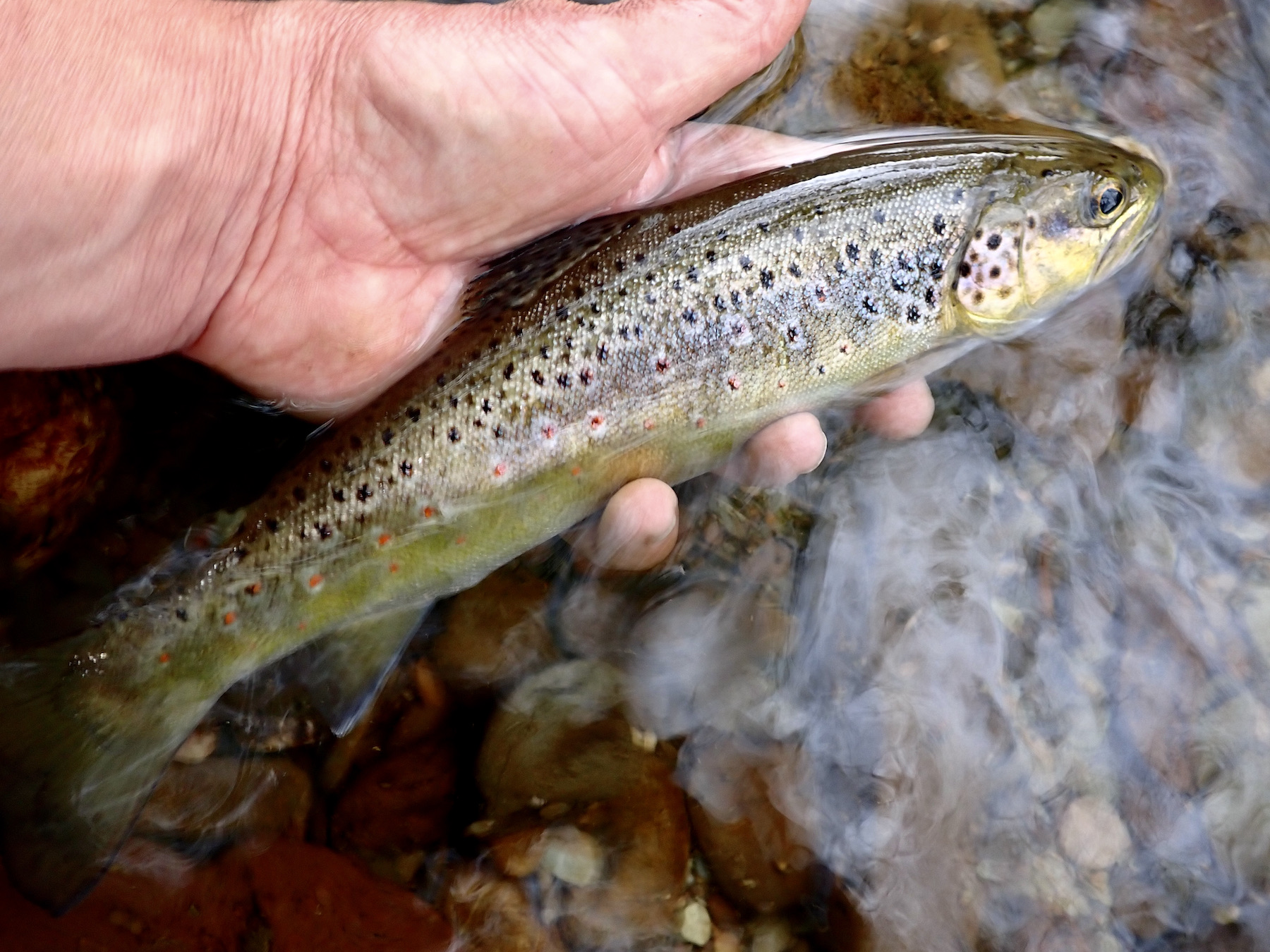
It disappeared with a flick of its tail, gone from whence it had come a vision etched upon the minds eye.
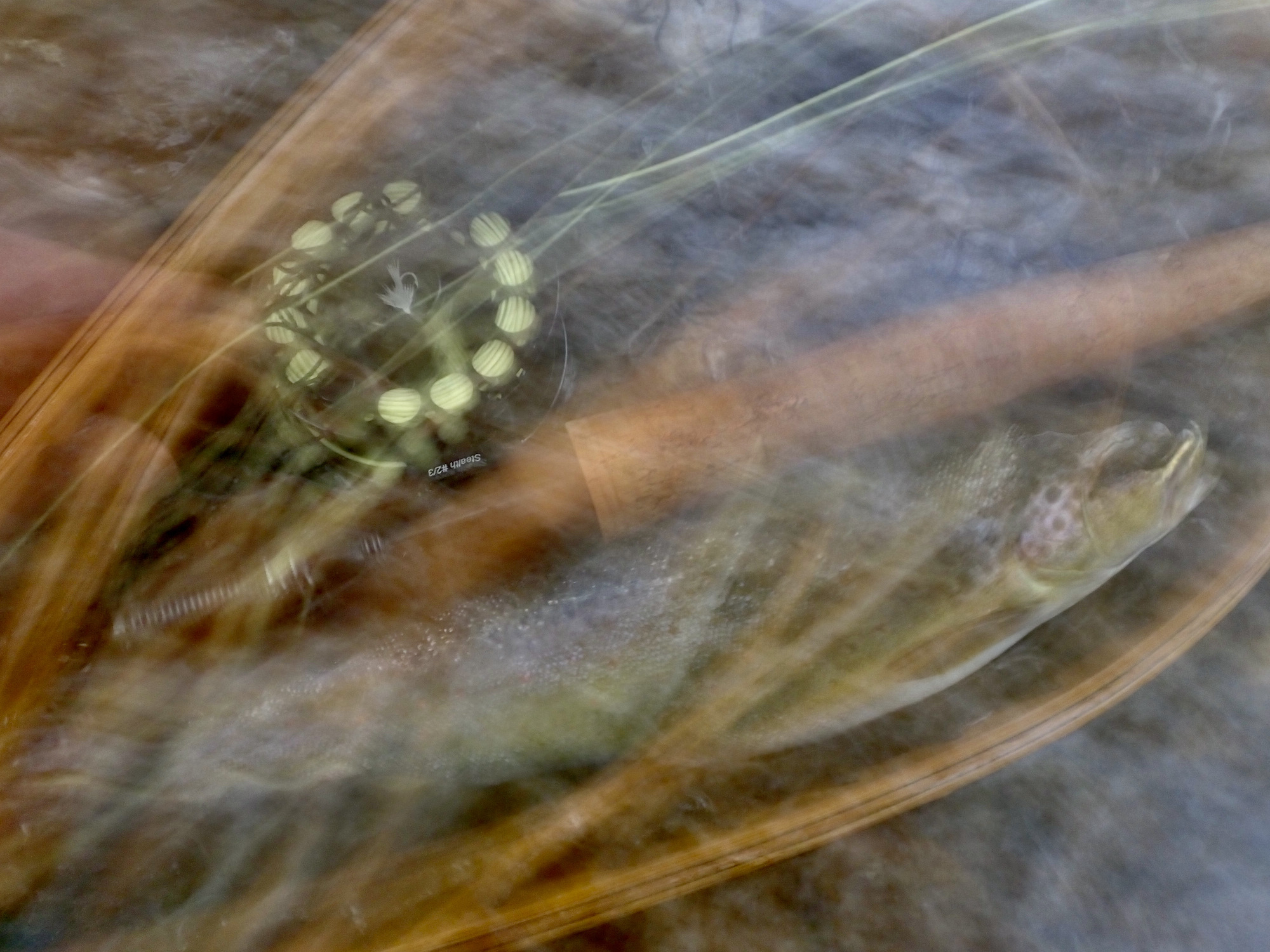
I continued my search for another half an hour before walking back to the car as the evening light began to fade. I glanced under the old bridge and thought about exploring the river below next time.
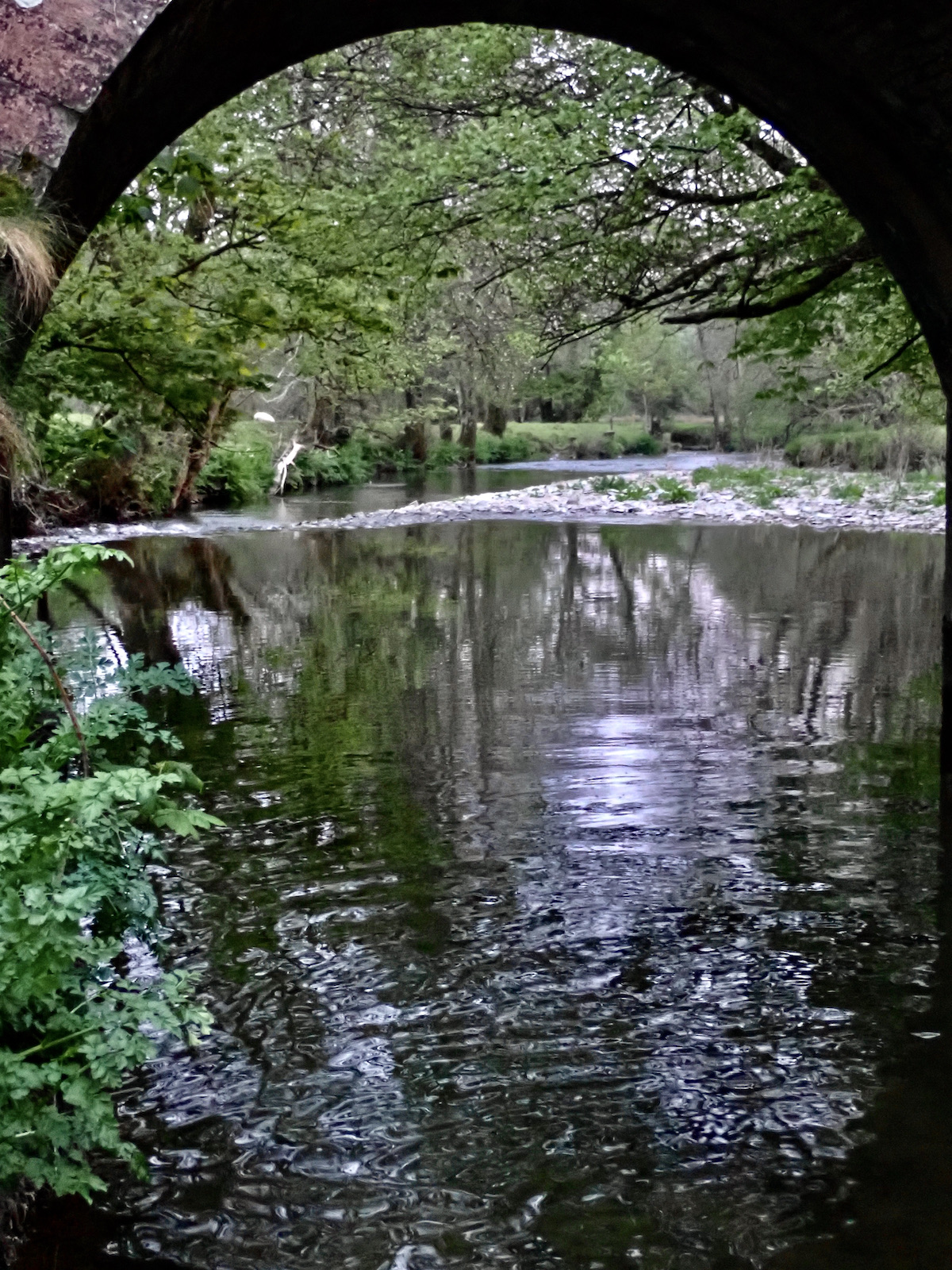
The western sky glowed pink over the horizon as I drove home and I thought of the coast and casting a lure to bass in the fading light or maybe waiting for a smoothound to scream away.
Chay Boggis had a feeling that a trip to the river would be worthwhile and headed for the Weir Marsh and Brightly beats on the Taw. Thinking that the rain although not enough to make the the river rise if there’s fish in the pools its enough to get them to take the fly.. “Absolutely buzzing to have hooked this 13lb spring fish on my little 7 weight switch rod what a scrap.”
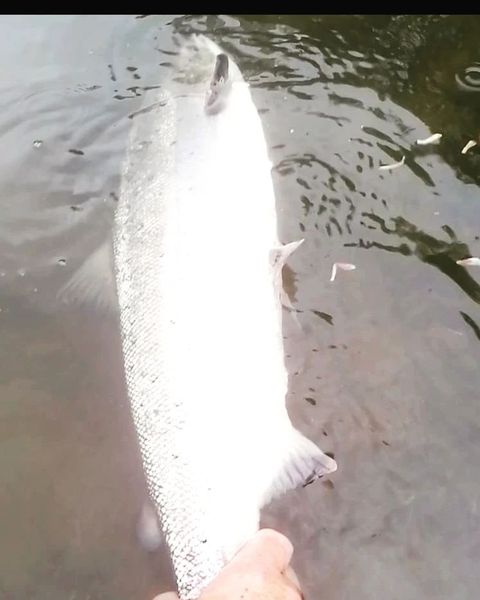
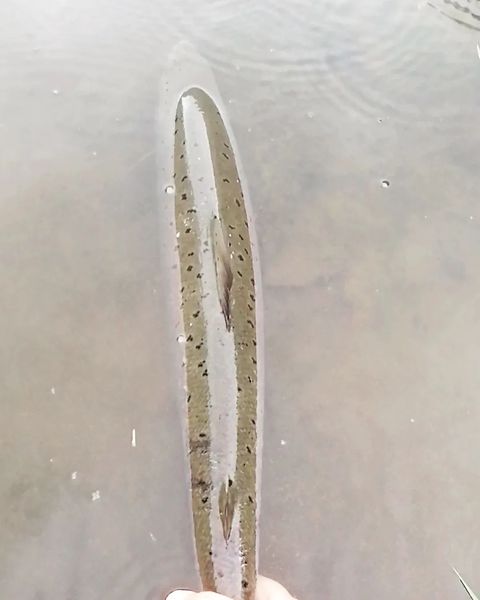
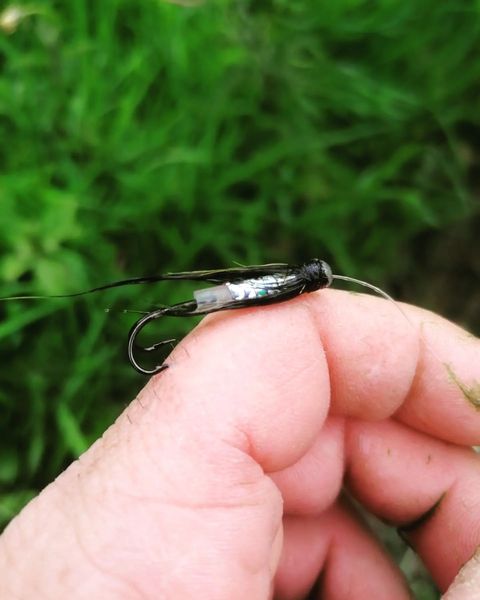
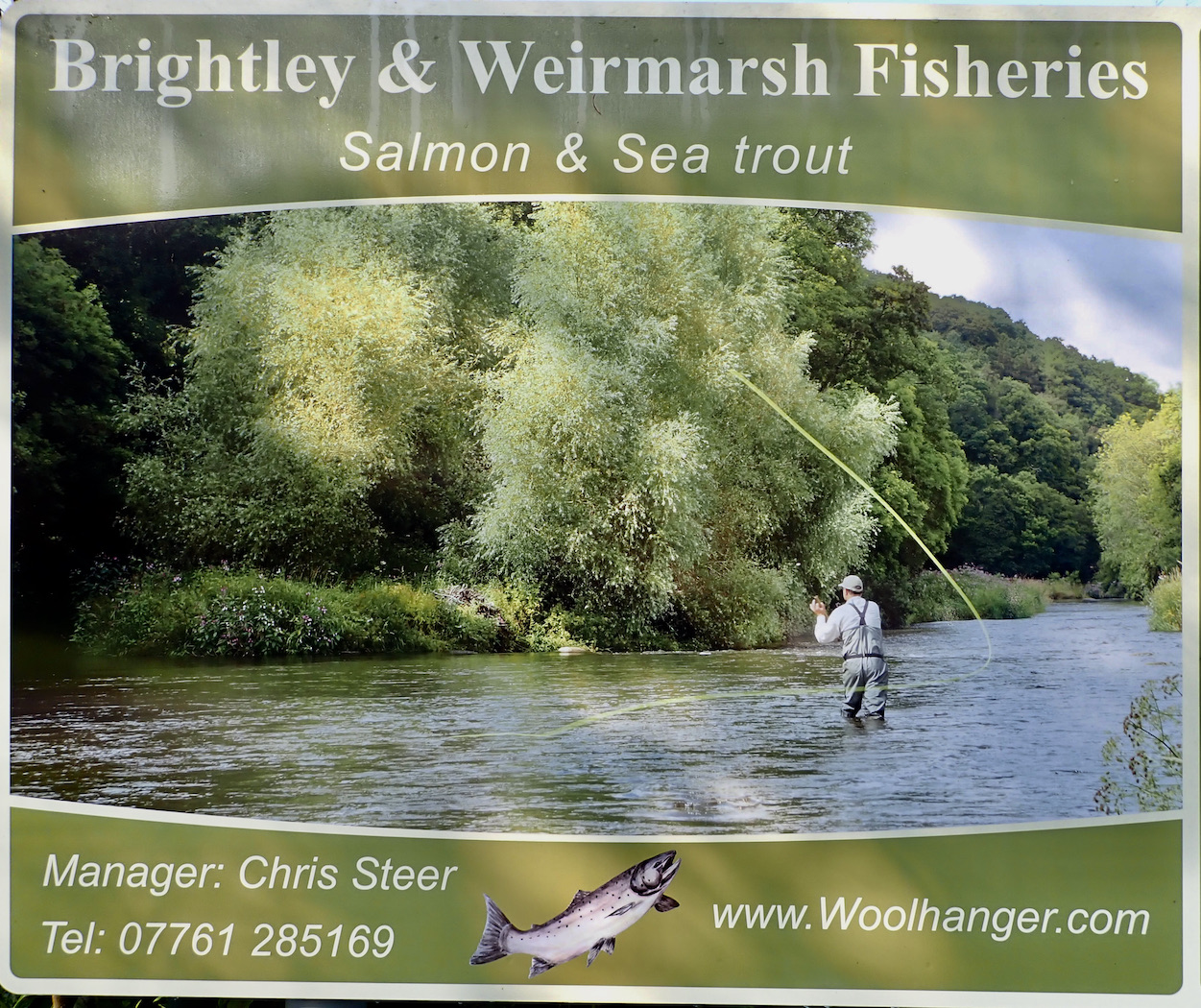
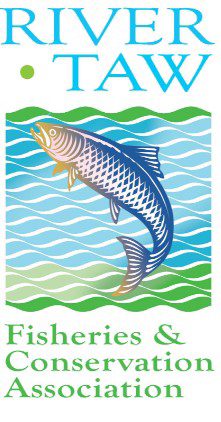
I joined four members of South Molton Angling to undertake some work clearing debris from a stretch of the River Bray near Brayford.
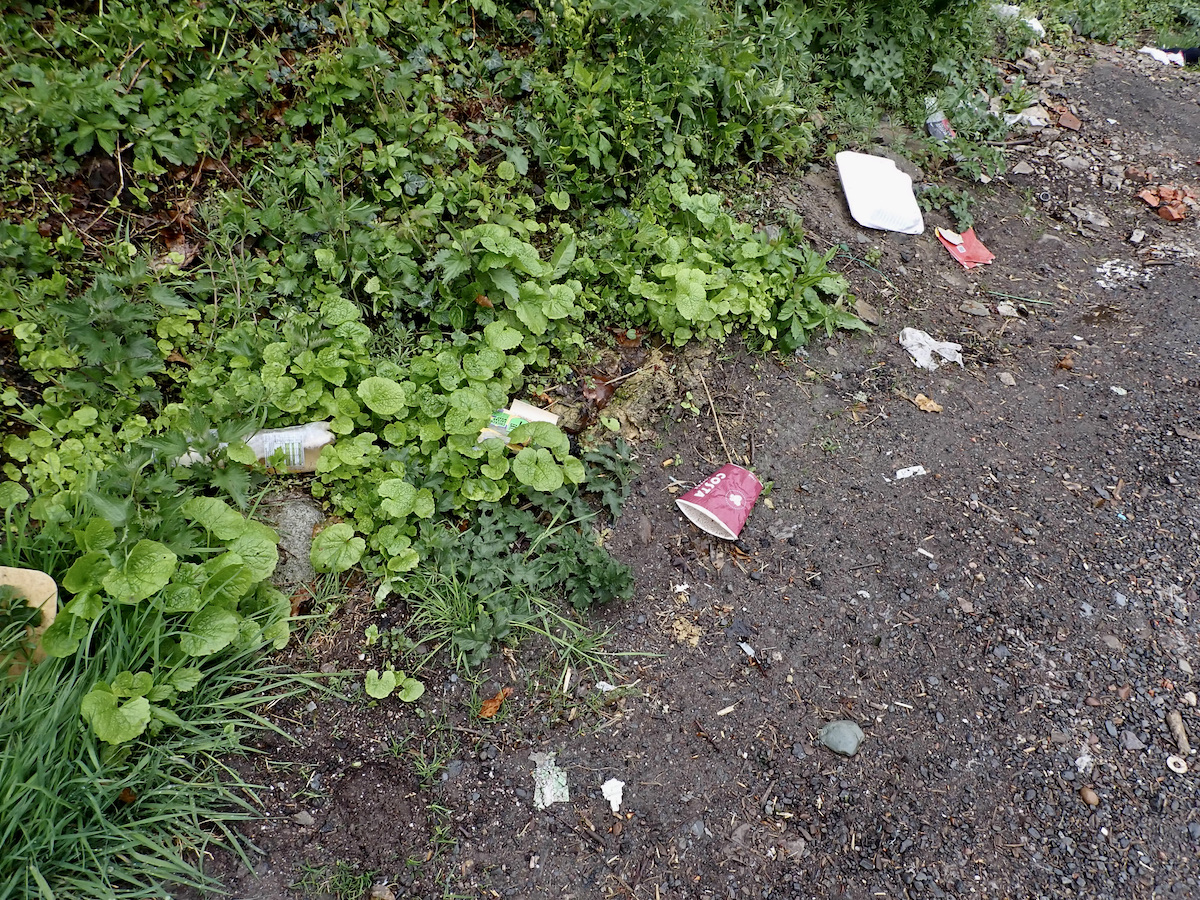
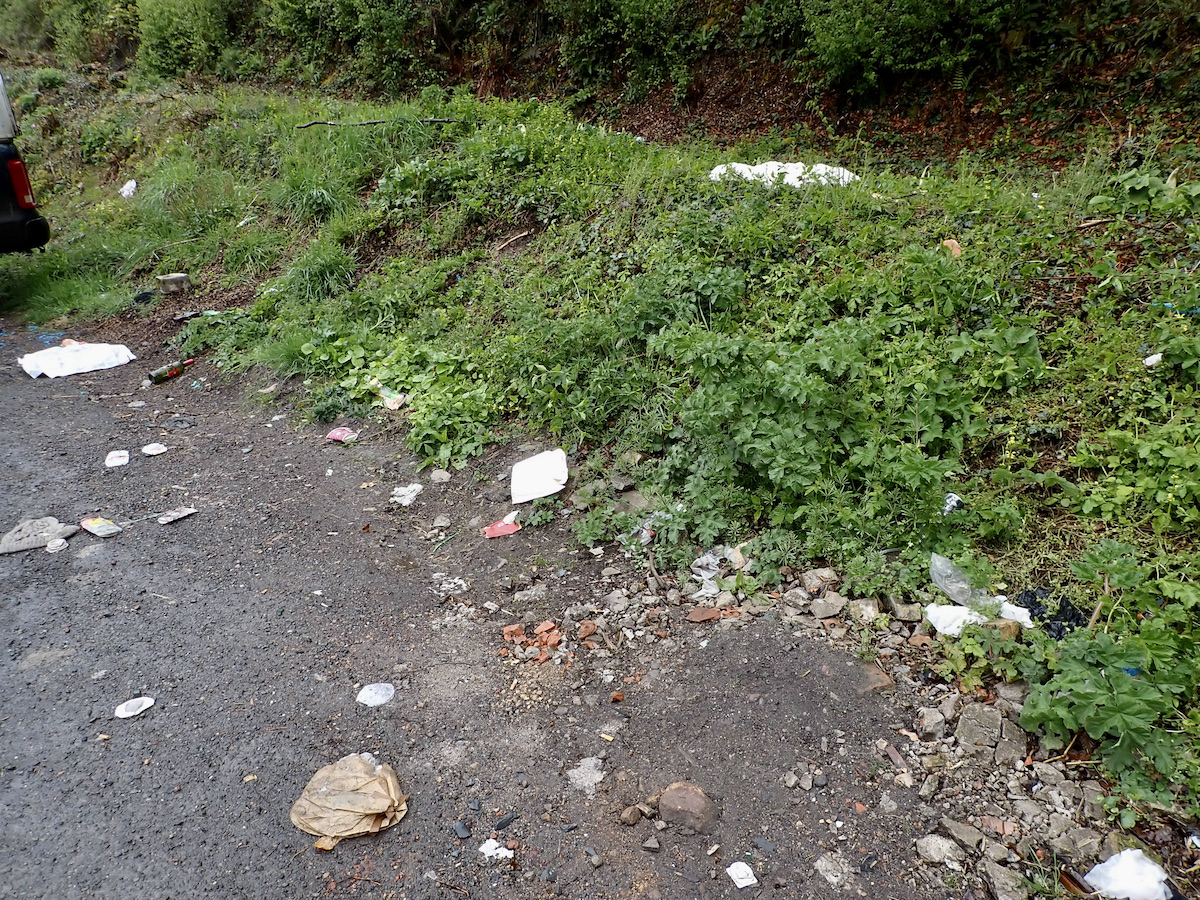
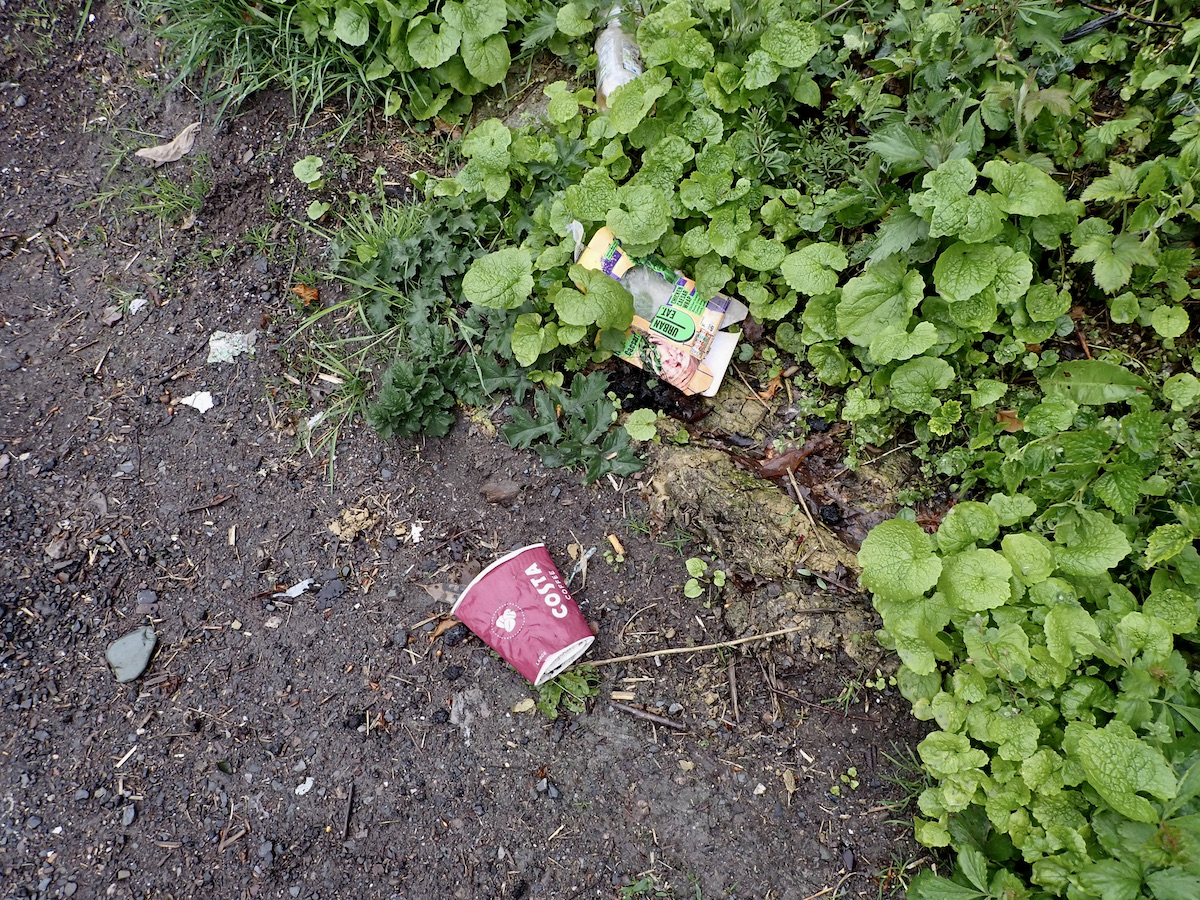
Parking in an adjacent lay-by we were dismayed to find it strewn with litter that had been casually discarded by a section of society that appears to have no shame. Fortunately club Chairman Eddie Rands had a couple of fertiliser sacks in his pick up truck and after ten minutes or so we had cleared the vast majority of the offending material. It is sickening to see this total lack of respect for our beautiful countryside.
In the nearby woods a carpet of bluebells carpeted the slopes as welcome rain fell in the valley giving valuable water to boost the lush spring growth.
In the river we tackled a large trash dam that had built up behind a tree that had succumbed to the winter storms. We trimmed the mass of branches and roots opening up a small pool that will hopefully harbour a few trout that we may tempt with a carefully presented fly. A quick look over the rocks of the riverbed revealed plenty of caddis and a few clusters of bullhead eggs.
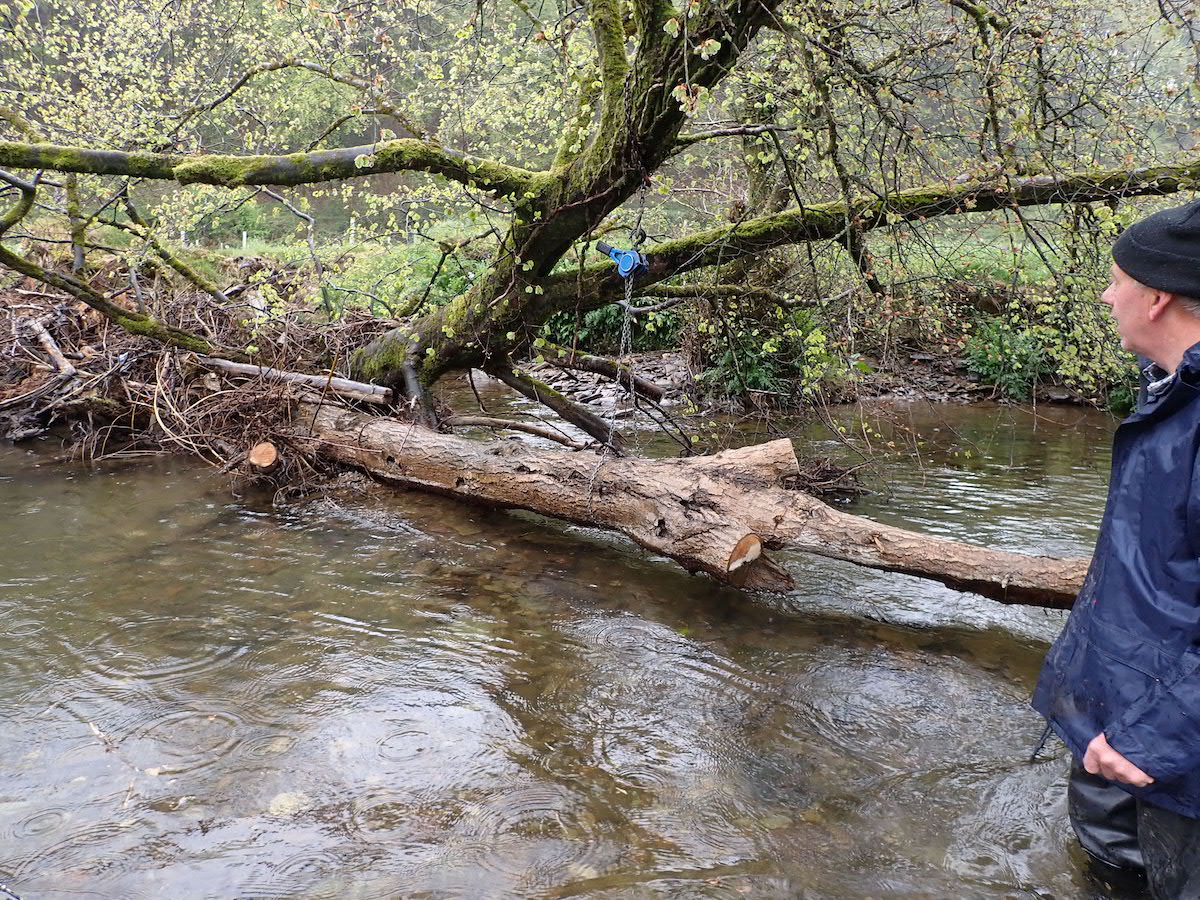
We chatted at length about the health of local rivers and the once prolific runs of fish. Stories of poachers that once stole fish from the rivers were exchanged and whilst tales of the fish these rogues killed were sad the fact that the fish are no longer there to steal is even sadder.
The problems that beset our rivers are both complex and many. Understanding the issues is perhaps the start of putting things right.
